I hope these quotes will inspire you to use mindfulness to take care of yourself as well. Try focusing your attention on your breath, your body, or your surroundings. Or use awareness as you do an activity you find relaxing, such as walking or jogging; dancing or listening to music; journaling, drawing, or painting; sewing, baking or gardening. You may also want to focus your mind on positive thoughts, like the people and the things you are grateful for and the things you've been able to accomplish. When the stress of the holidays - or life in general - gets you down, try a few mindfulness practices. Perhaps, as they did for me today, they will help you feel a little calmer.
All of us at ECS are wishing you peace and happiness this holiday season!
0 Comments
Mindfulness activities help build children's capacity for self-regulation. If you teach these activities when children are calm and provide lots of opportunities for practice, children may be able to do some of them when they are upset. They'll need lots of help, especially at first: You can model the activity (not just once or twice, but many times), then provide prompts or cues (little reminders to use the activities). Eventually your children may be able to use mindfulness activities independently. A bonus is that you'll have fewer tantrums and meltdowns to handle. Incorporate some of these mindfulness activities into your program or home life. You'll be teaching a valuable life skill - and helping to create calmness in your life, too! Here are seven mindfulness activities that may be fun for children and adults, too. Watch this blog for lots more mindfulness ideas for children and some encouragement for you as well! (f you don't want to wait, check out this year's posts on social media (@earlychildhoodspecialties on Facebook, Instagram, and LinkedIn.) I'd love to hear your own activity ideas in the comments, so please share. We're all in this together! For toddlers, blowing bubbles can be a good introduction to mindfulness. When they are upset, rather than simply distracting them with a toy, blow some bubbles. You can say something like “bye-bye sad,” which will eventually help children connect bubble blowing with the idea of letting go. Take slow, gentle breaths and encourage the children to do the same. Research shows that taking deep breaths helps calm the fight or flight stress response for children and adults. Deep breathing is a great place to start practicing mindfulness, and there are so many activities to try - here I'm sharing just two. You don't have to serve hot chocolate for this activity! Just let the children pretend they are holding a cup of cocoa and practice breathing gently in and out. What other foods can your children pretend to smell and cool down with their breath? The most important part of deep or "belly breathing" is to focus on your breath going in and out. You can also practice taking deeper breaths by concentrating on using your diaphragm, the muscle under your lungs that goes down when you breathe in and up when you breathe out. One way to help you do this is to put your hand on your belly. You should see your belly go out as you breathe in and go in as you breathe out. If you're new at this, it's easiest to do while lying on your back. Children may enjoy having a stuffed animal or toy on their belly and watching it go up and down. This is a great activity for helping children relax for nap or rest time! Besides deep breathing, sensory experiences such as eating provide a wonderful opportunity to practice mindfulness. During a meal or snack, help slow down the experience and try to get children to engage the five senses to notice everything about their food. Here are some questions you could ask: -How does it look? -How does it smell? -How does it feel to your fingers or on your fork? How does it feel in your mouth? -How does it taste? -How does it sound when you break or cut it? When you bite or chew it? Eating mindfully may have the added benefits of helping all of you enjoy the food and one another. It will probably mealtime calmer, too! You probably already have a sensory play area in your classroom or home. You can suggest mindful play by encouraging children to focus on the sensations of their fingers and both sides of their hands as they explore. They may also want to notice what they smell and hear as well. Rotate through a variety of wet and dry sensory materials, and provide sensory bins both indoors and outdoors. Some of my favorite sensory materials are kinetic sand and water beads. Which ones do your children enjoy most? Another type of mindfulness activities is guided meditation. Here's one to try: Have children lie on their backs and close their eyes. Ask them to take a few deep breaths, noticing how their bellies move in and out. Then ask them to pay attention to other parts of their bodies one at a time, relaxing them if they can. You may want to limit the number of parts at first (perhaps starting with feet, legs, belly, arms, hands). As you guide children through this exercise, calmly talk with them about how their body parts may feel. Reassure them that it’s hard to relax sometimes, and encourage them to keep trying. With practice they will improve! This is a great mindfulness activity that also helps children to practice gratitude - it's perfect to try as Thanksgiving approaches! When children are calm, ask them to think of three good things happening in their lives. Practice this often, and it may help children – and you – develop an attitude of gratitude. Let children know that when we are feeling unhappy, it’s okay to feel sad. But when we do, thinking of three good things can help us feel better. So now you have a few ideas for mindfulness activities for children. I hope they bring you and your children calmness as we approach the hectic end-of-year holiday season! References & Resources
Thanks to Shareen Ratnani for sharing her presentation, "Let's Talk Mindfulness Activities for Children", presented on February 10, 2021 at Bonnie's Global Cafe for the World Forum on Early Care and Education. Find some of her mindfulness activities on her YouTube channel.
For now, let's focus on the "why." How can we, our children, and our classrooms benefit from practicing mindfulness and from teaching it to children? Personally, I've found that practicing mindfulness this past year has helped me to handle the stress that the COVID-19 pandemic has added to my life. I've also noticed improvement in these seven benefits of mindfulness that research demonstrates or suggests: 1. Mindfulness helps us manage our emotions in stressful situations. When we're stressed out, we don't do our best thinking or self-regulating. We may tend to react to things that trigger us, rather than responding in a thoughtful, compassionate and intentional way. Mindfulness helps to lengthen the amount of time between when something upsets us and when we react, so we are more likely to respond in a way that reflects the best version of ourselves. 2. Mindfulness allows us to accept ourselves without judgment. When we are mindful, we accept whatever is happening without judging it. That includes self-judgment. My whole life I've had a tendency to beat myself up over mistakes, while forgiving others theirs. By becoming mindful, I've learned to focus more on "What can I learn from this?" and "How can I make amends? and less on "I'm an idiot!" or "I can't do anything right!" This shift in mindset actually helps me make fewer mistakes (although I still make plenty) and puts me on the path to become the best version of myself that I can be. 3. Mindfulness can lower our anxiety level and reduce stress. The past two years have been especially stressful for me; I bet they have been for you as well. So we all can probably use some assistance in reducing our stress and anxiety levels. In looking at research on perceived stress for early childhood teachers, I discovered that mindfulness does just that. In early childhood classrooms, mindfulness has the added benefit of improving classroom climate for both adults and children. (2) 4. Mindfulness can help us get along better with others. A recent study demonstrated that mindfulness programs helped children to become more considerate, helpful, and caring. They were also more likely to share and to be kind to younger children. (6) This finding is consistent with other research showing that mindfulness activities at school help to promote prosocial behaviors. 5. Mindfulness can improve our attentional processes. In a study of the effects of mindfulness training on three- and four-year olds, the children greatly improved their ability to focus their attention. (3) This makes sense, because the mindfulness activities the children practiced included belly breathing and paying attention to a specific sensory system. They also learned to relax and to gain awareness of each body part. Other research (i.e., 5) has demonstrated improved attention for older children and adults, including those with autism and ADHD. So there’s a benefit for everyone to improve their focus! 6. Mindfulness helps us to build resilience. Resilience is the ability to "bounce back" after facing a setback or challenge. While all adults and children can build their resilience by being mindful, research demonstrates that some children can especially benefit: Children with mental, emotional, or behavioral conditions, and those who have been exposed to traumatic experiences. (1) If there are children experiencing these problems in your classroom or home, try helping them practice a few mindfulness activities - and practice them yourself when their behaviors "push your buttons". The practice of mindfulness in conjunction with a strong relationship will do wonders to help you and your children handle and prevent those troublesome behaviors. This brings us to the next benefit of mindfulness... 7. Mindfulness can improve our classroom management. Research shows that teachers’ mindfulness decreases challenging behaviors and increases children’s compliance with teacher requests. (4) Who doesn't want to see fewer challenging behaviors in their classroom or home? Mindfulness helps us change our perception, viewing children with positive intent (assuming they are doing the best they can under the circumstances) and their troublesome behavior as an opportunity to teach children how to do better. 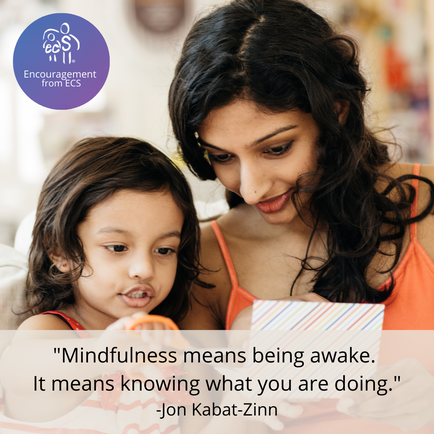 With all these benefits of mindfulness, why not give it a try? Remember, mindfulness is something we develop though practice, not something we're born with. We can all learn to do it, both children and adults. And the good news is, practicing mindfulness only takes a moment! So anytime you have a minute or two, try a mindfulness activity like focusing on your breathing. When you do, you'll be benefitting yourself, your children, and your classroom, too! Again, watch for upcoming blog posts to get lots of ideas and resources about mindfulness, and please share your own mindfulness practices in the comments. I'm wishing you peace and wellness! References
The most important thing adults can do for children is to provide them with a warm, caring relationship. Be their attachment figure, the special person they can turn to with trust that their needs will be met. Whatever role you play in the lives of young children, you are making an impact both now and for their lifetimes. By nurturing responsive relationships with children, you are not only providing the secure base that allows them to explore their world. You are also setting a strong foundation for the learning, behavior, and health in their futures, by helping them build strong brains with the capacity to be self-regulated and resilient. As young children's caregivers and teachers, we have an incredibly important and challenging job. Here are a few of my favorite motivational quotes to encourage you. Encouragement from ECS: Here's a quote from a child development theorist that reminds us of the most important thing young children need to thrive - Love! Urie Bronenbrenner was a renowned developmental psychologist whose work helped to establish the federal Head Start program. His Ecological Systems Theory stressed that the environments in which children grow deeply affect their development. Bronfenbrenner showed how policies and programs that support families, communities, and the larger society have a huge impact on children's health and well-being. (6) Within our family, child care, and educational environments, we can support children by showing them we really care, no matter what! Rita Pierson was a passionate educator from here in Houston, Texas. She was an advocate for underserved children and understood the importance of teacher-child relationships for students' learning and self-esteem. For some powerful inspiration, watch her TED talk; you'll be in good company - it has been viewed over 13 million times! She encourages us to go the extra mile for our children, no matter how challenging it is - or they are! Although Pierson has passed away, her legacy lives on. You have it in you to be the champion for the children you teach, even the "tough ones" - they are the ones who need you the most. Let's follow Rita's example and make a difference in all our children's lives! When you give the gift of a smile to a child, you receive one as well - even if the child doesn't smile back. Mother Teresa, a Catholic Saint and founder of the Missions of Charity, is known worldwide for her service to the poorest of the poor in Calcutta, India. We can't all rise to the level of service that Mother Teresa devoted her life to, but we can serve our children by doing our best to meet their needs. We can start with the simplest of things - a smile! It will help them feel our love and care. Try smiling more with your children - it will brighten their days and yours! A wonderful way to improve children's behavior is to focus on strengthening your relationships. PJ Caposey is an award-winning educator and author who is currently serving as a school district superintendent in Illinois. Caposey advocates for improvement of school systems, believing that an emphasis on teacher-student relationships are a big part of the needed change. He tells us that "great teachers have the goal of serving and connecting with students first - not creating a compliant culture." (3). So be a great teacher of young children. You can start by Just having fun with your kids. You will be strengthening your connections and improving behavior at the same time! Children who are exhibiting challenging behaviors are crying out for connection. It's difficult to feel loving toward a child who is hurting others or us, but we must give them what they need in that moment: connection and emotional safety. Dr. Becky Bailey, founder of Conscious Discipline®, is "an award-winning author, renowned teacher and internationally recognized expert in childhood education and developmental psychology." (4) She encourages us to see children with positive intent: Assume that they are doing the best they can and that they need our help to do better. How can we help children improve their behavior? Start with a strong, caring relationship! Dr. Bruce Perry is a renowned clinician and researcher specializing in children’s mental health. His clinical research and practice has focused on the effects of neglect and trauma in children as well as in adolescents and adults. His work has been "instrumental in describing how childhood experiences, including neglect and traumatic stress, change the biology of the brain – and, thereby, the health of the child." Dr. Perry's "Neurosequential Model©, a developmentally sensitive, neurobiology-informed approach" to clinical work, education and caregiving is used by many organizations that serve at-risk children and their families. (1) Dr. Perry's work illustrates that we can change children's lives for the better when we focus on our relationships with them. We may become the most influential person in a child's life, helping them develop to their full potential. What can you do to help children to heal when they have experienced trauma? The Center on the Developing Child at Harvard University "supports scientific research that can inform the testing, implementation, and refinement of strategies designed to achieve significantly better life outcomes for children facing adversity." (7) Check out the Center's Resource Library for helpful videos, infographics and papers. Children need healthy relationships to thrive, and it's our job as caregivers to help build those relationships! What are some things you do to help children feel connected to you? John Bosco was an Italian priest who dedicated his life to the education of the poor, especially the boys working as child laborers in Turin, Italy. He modeled his belief that educators should act like caring parents; he demonstrated gentleness and kindness as he taught the boys and provided their lodging and other material needs. Bosco realized that for children to feel loved, educators must build friendly relationships with them, by sharing in their interests and joining in their play. (2) He founded two religious orders to encourage others to emphasize love, reason and religion in their teaching. After his death he was canonized a saint in the Roman Catholic Church. St. John Bosco's quote that reminds us that the most important thing we can do for children is to help them feel loved - no matter what! This is especially important now when COVID has had everyone stressed. What are you doing that shows helps children know you care? I hope these eight quotes help to encourage you as you do the difficult but rewarding work of educating the children in your care. If you focus on establishing and strengthening your relationships with each of them, you will be giving them the strongest foundation for their future success. You may also be giving yourself a gift as well: You'll be sharing in the children's joy and wonder as they discover the world around them! References & Resources
1. "State suggestions or directions in a positive form."Tell children what they should do instead of what they should not. Keep directions simple so children will understand what is expected of them. Be specific so they know exactly how to follow your directions. "Be nice" or "Share" may be too general to help children change their behavior. "Use kind words like ___" or "Give it to her when you are finished playing with it" are more precise. Here are a few more examples of positive instructions: • “Use a soft voice” instead of “Don’t yell” • “Walk” instead of “Don’t run” • “Put your feet on the floor” rather than “Don’t climb on the table” 2. "Give the child a choice only when you intend to leave the situation up to him."
3. "Use your voice as a teaching tool."Young children can be sensitive to adults' voices - they may perceive our tone as unfriendly or angry, even if we are not using a loud or harsh voice. Use a pleasant tone that communicates "I like being with you" whenever possible. To get children's attention, get close and use a quiet voice, or try singing. When children must do something, be like Mary Poppins, "kind but extremely firm"! 4. "Make health and safety of the children a primary concern."The COVID-19 pandemic has certainly made all of us even more aware of the primary importance of children's health and safety. Although we knew beforehand to wash hands diligently, to clean and sanitize toys, and to avoid sharing eating utensils, our current protocols have probably increased our vigilance of these and many other practices. Even after the threat of this deadly disease has passed, we must continue to minimize the risk of communicable diseases. The physical environment must also provide for safe play, both indoors and out. Survey all areas before allowing children to enter. Ensure all activities have adequate supervision. [See guide #14 for more on supervising.] 5. "Use methods of guidance that build the child’s self-respect."
6. "Help a child set standards based on his/her own past performance, rather than on comparison with peers."Developmentally appropriate practice (DAP) requires that we meet children where they are and help them to meet challenging but achievable goals. What one child is capable of may be very different from what another can do, so avoid comparing one child to another. Instead, point out the progress the child is making: "Last week you couldn't walk all the way across the balance beam. Today you did it!" Avoid even subtle ways of using comparisons to influence behavior ("Susan is sitting quietly") and discourage competition between children, too. Encourage cooperative play and helping others, and you will be improving children's behavior and self-esteem and developing a sense of community, too.
8. "Time directions and suggestions for maximum effectiveness."Timing is important when guiding children’s behavior. Children should be given a chance to work things out for themselves, but not get too frustrated or upset. Remember DAP - goals should be challenging but achievable. One consideration of timing your guidance is to notice the child's emotional state. When they are really upset they are not ready to learn. Save your guidance for a few minutes, and help them calm down and feel connected first. Another timing tip is to set consequences that follow the behavior as soon as possible. Having to leave the block area after deliberately knocking over another child's structure would be an example of an immediate consequence. If you can't time it that way, at least connect the consequence to the behavior. Having to clean up a large mess of one's making is a logical consequence; sitting out at playtime later in the day is not. [See guide #11 for more about following up on limits.] 9. "Observe the individual ways children use art media, explore the materials yourself, but avoid making models for children to copy."
You may also explore the media yourself. Avoid judgements of children's creations, even positive ones. Instead of saying you like a child's painting when asked, point out something you notice about the painting ("You used lots of red and blue") or about the child ("Your smile is telling me you are happy with it"). 10. "Give the child the minimum of help in order that s/he may have the maximum chance to grow in independence."Allowing children to do things themselves helps them to develop self-help skills. Even if they are struggling, they may not want our assistance, and we can show respect by honoring their wishes. If a child asks for help, scaffold his or her learning by offering the least amount of help he or she needs to do the task. Over time, as children become more confident and skilled, they will need less and less help from adults. One note about this guide: It's important to recognize cultural differences in doing for others; doing something the other person is capable of may be seen by some as a way of strengthening their relationship. 11. "Make your directions effective by reinforcing them when necessary."
12. "Learn to foresee and prevent rather than “mop up” after difficulty."There is an old saying, "an ounce of prevention is worth a pound of cure." When guiding young children's behavior, anticipating and preventing problems is usually the best strategy by far. Be especially sensitive to those children who experience difficulties getting along with others. Entering a group of children at play is an incredibly difficult skill for some, and they benefit from us giving suggestions ahead of time rather than waiting until they encounter a problem. T Socially successful children observe the play and find a way to join in without disrupting it. You can help other children do this as well. The better you know the children, the better you can anticipating their actions - and guide them toward success. 13. "Clearly define and consistently maintain limits when they are necessary."
14. "Use the most strategic positions for supervising."Always be alert to the entire environment; supervise the children as if you are the only adult around. Get into the habit of positioning yourself where you can see as much as possible, and move about to check on areas that are difficult to see at all times. For safety you must be able to observe all the children. Many times a teacher is often in a better Getting at the children’s level is ideal for supervising and for allowing the children to approach you. Of course, if there are two or more adults, position yourselves in different areas so all may be seen. 15. "Increase your own awareness by observing and taking notes."
I hope you find these 15 guides as useful as I did when I was a student and beginning teacher. I wish you well as you use positive techniques to guide your children's behavior! Coming up in future posts: Handling and preventing challenging behaviors - stay tuned! References
Benefits of Physical Activity for Young ChildrenMovement activities are a fun way for children to improve their physical health and development. They benefit children’s learning and behavior, too! Children who are more active are better at self-regulation, so they exhibit fewer behavioral problems. They do better in school and can pay attention longer. They sleep better and are less likely to feel stressed or depressed. Active children have improved confidence in themselves and get along better with their peers. Of course, physical activity develops gross motor skills, builds strong muscles and bones, and improves strength, endurance and flexibility. How much physical activity do children need?
For school-age children, DHHS recommends 60 minutes or more of moderate to vigorous physical activity (MVPA) each day. This should include:
Active Games from A to ZHere are some fun movement activities and games I've found. Try some with your children today! “Action Alphabet” – Act out a movement for each letter of the alphabet A – Act like an alligator B – Bend your knees C – Climb a ladder D – Dance E – Eat your lunch F – Fly like a bird G – Gallop like a horse H – Hop like a bunny I – Ice skate J – Jumping jacks K – Kick a soccer ball L – Leap in the air M – March like a solider N – Nod your head O – Open your arms P – Pop like popcorn Q – Quietly tip toe R – Run in place S – Swim like a fish T – Touch your toes U – Unlock a door V – Vacuum the floor W – Wiggle your body X – Make an “X” with your body Y – Yo-yo up and down Z – Zigzag across the floor (adapted from Physical Activity Card 3 at https://healthykidshealthyfuture.org/) “My Bonnie Lies Over The Ocean” (Stand up or sit down on each “B” word.) My Bonnie lies over the ocean, Bring back, bring back, My Bonnie lies over the sea, O bring back my Bonnie to me, to me. My Bonnie lies over the ocean, Bring back, bring back, O bring back my Bonnie to me. O bring back my Bonnie to me. (various sources) “Car And Driver” - Stand behind a child with your hands on his or her shoulders. Direct the child to stop and start using only your hands. The child can take a turn “driving” you, putting their hands on your waist. (various sources) “Echo! Be my Echo!” - The leader creates a clapping pattern, children listen and repeat. (various sources) Freeze Dances - These were favorites of the children in my classes: Rock and Roll Freeze Dance” by Hap Palmer, and “The Freeze” by Greg & Steve. Of course, you can play freeze dance with any music you start and stop! “Green Means Go…Fast!”- Hold up different color signs. Children walk at the speed of your sign: Green – fast; yellow - regular pace; blue - slow motion, red – stop. Try different locomotor skills – running in place, marching, jumping, galloping, etc. (Action Based Learning) “Hula Hoop Hopping” - Children follow directions to hop in and out of hoops on the ground. Vary your vocabulary: Inside, outside; Next to, beside; etc. (Adapted from Get Moving Today Calendar at https://healthykidshealthyfuture.org/) “I Spy” - Say, “I spy __________” When children see something that fits the criteria they run to it. Each time direct them to use a different type of movement. (healthykidshealthyfuture.org/) “Jump Over the River” - Put two ropes on the floor to make the riverbanks. Let the children jump over the river. Make it a little bigger as you pretend it rains, then jump again. When the river gets too big to jump across, go swimming! (healthykidshealthyfuture.org/) Kick a Ball - Direct children to kick the ball in different directions. (healthykidshealthyfuture.org/) “Leaping on Lily Pads” - Put non-skid lily pad shapes on the floor and label the each one with a color or shape. A child leaps to the one you call out, pushing off with one leg and reaching with the other. (healthykidshealthyfuture.org/) “Mixed Up Body Parts” - The leader calls out body parts for the children to touch but creates one “mix-up” rule - For example, for “head” kids should touch their toes instead. Create one rule to start. (The leader calls out “knees, head, elbow” kids should touch their knees, TOES and elbow). Continue adding other rules to change body parts. (various sources) Number Games – Move a certain way a small number of times. (various sources) Obstacle Course – Set up things for children to jump over, go around, and move under. (various sources) Pretending – Here are some of my children's favorite CDs: Pretend by Hap Palmer and Late Last Night by Joe Scruggs, Quiet Stretches and Slow-motion Movements- Turn on some slow, quiet music; lie on the floor, relax and breathe. (https://www.youtube.com/watch?v=AwgzdJWNwJY) “Ready, Set, Show!” - Play like Paper, Rock, Scissors – have children show numbers, then have them add the numbers together or tell which is more. (Action Based Learning) Skate on Paper Plates - Stand with each foot on a paper plate, slide to the music. (various sources) “A Tooty Ta Ta” - Here's one source: https://www.youtube.com/watch?v=PXvh08Mnork Using a balloon, practice volleying with different parts of your body. Can you keep the balloon in the air using your hand, your thumb, or even your elbow? (healthykidshealthyfuture.org/) Vroom, vroom! Children take turns pulling or pushing other children in a box or basket. Call out different directions for them to go. (healthykidshealthyfuture.org/) Walk, Stop, Melt! - Leader calls commands, including stopping while melting so children can freeze into different poses. (healthykidshealthyfuture.org/) X marks the spot! - Mark a place for children to move to. Direct them to move in different ways. Yoga poses – Here's one source for “Bug Yoga” http://yoga.lovetoknow.com/Kids_Free_Downloadable_Yoga_Videos Zip Zap Zop - Stand in a circle. Someone begins by pointing to another person in the circle and saying "ZIP!" That person then points to yet another person and says "ZAP!“ That person points to another person and says "ZOP!" This continues, but the words must be said in order: ZIP, ZAP, ZOP. (www.teampedia.net) I hope this list of active games gave you some ideas for fun movement activities with your children. Please share your ideas as well! ReferencesNemours Children's Health System. Heathy kids, healthy future. (n.d.) https://healthykidshealthyfuture.org/
U.S. Department of Health and Human Services. Physical Activity Guidelines for Americans, 2nd edition. Washington, DC: U.S. Department of Health and Human Services; 2018. https://health.gov/sites/default/files/2019-09/Physical_Activity_Guidelines_2nd_edition.pdf Texas Health and Human Services Commission. (2021). Texas Minimum Standards for Child-Care Centers. https://www.hhs.texas.gov/sites/default/files/documents/doing-business-with-hhs/provider-portal/protective-services/ccl/min-standards/chapter-746-centers.pdf Torbert, M. (2005). Using active group games to develop basic life skills. Young Children 60(4): 72-78. Torbert, M. & Schneider, L. B. 1993. Follow me too: A handbook of movement activities for three- to five-year-olds. Washington, DC: NAEYC.
With this viewpoint, you can see not only that the time you spend guiding children is a large and essential part of your job, you can see that it should be. And while challenging, providing guidance doesn't have to be a chore. With a clear view of your purpose and a toolbox of effective strategies, you may actually start to enjoy handling inappropriate behaviors. Really, you have within you the power to create a smoothly running classroom where you and the children are thriving. And you can have fun doing it! Guidance – What Does It Mean to You?I would challenge you to consider that the primary goal of guidance is to teach children how to manage their emotions, thoughts and behaviors. At first, children need our constant support, but eventually they will learn to behave appropriately more of the time, even without us. This process of self-regulation happens very gradually from infancy to adolescence (and sometimes beyond), and it requires lots of guidance and practice. Self-regulation takes such a long time because of the all the skills involved and because it depends on the children's social, emotional, and cognitive development. Young Children Have a Lot to Learn!
To learn all these skills, toddlers and preschoolers need an incredible amount of support from us, especially at first. We can use scaffolding to provide more help when needed, then less and less and children become more skilled. Young Children Need Lots of Guidance!As you know, teaching young children requires that we take into account what is developmentally appropriate. We have to know what the norms are for children in our classroom's age group, each individual child's needs and abilities, and the cultural context of their family and community. When we know what is age appropriate, individually appropriate and culturally appropriate, we can meet children where they are and help them meet challenging but achievable goals. (Copple & Bredekamp, 2006)
Besides knowing what is developmentally appropriate for our children, we need to know ourselves as well. To teach children self-regulation, we need to start by recognizing where we are in our own self-regulation journeys.
Coming up next, specific positive guidance strategies that work and teach - stay tuned! ReferencesBailey, R. A. (2001). Conscious discipline: 7 basic skills for brain smart classroom management. Oviedo, FL: Loving Guidance.
Bailey, R. A. (2015). Conscious discipline: Building resilient classrooms. Oviedo, FL: Loving Guidance. Copple, C. & S. Bredekamp. (2006). Basics of developmentally appropriate practice: an introduction for teachers of children 3 to 6. Washington, DC: NAEYC. Kostelnik, M. J., Rupiper, M., Soderman, A. K. & Whiren, A. P. (2014). Developmentally appropriate curriculum In action. Upper Saddle River, NJ: Pearson Education Inc., 40-44.
Playing with infants and toddlers also helps them develop skills related to reading and writing. In the early years, the development of these skills is called emergent literacy. Young children learn literacy skills when we talk with them, read to them and play with them. The more often the better, and it's never too soon to start reading to babies! Young children also learn literacy from hearing language spoken around them and by being immersed in a print-rich and literacy-rich environment. This means they see lots of print around them and people using print often in their every day lives. Let them see you reading for information, writing shopping lists, and scheduling events on the calendar. Your children will want to learn these reading and writing skills, too. Five Practices That Foster Language and Literacy Development for Infant and Toddlers1. CONNECT! Building strong, responsive relationships with children sets a strong foundation for learning, behavior and health - for their lifetimes. It is the single most important factor in building resilience, the ability to bounce back after setbacks. The adult-child relationship is no less important in language and literacy development. When we express affection by smiling and snuggling, being playful, and really paying attention to our infants and toddlers, we are showing them that we love and care for them. Children learn best when they feel connected with us, and they are encouraged to communicate when they trust that we will be responsive to their efforts and meet their needs.
2. TALK AND SING! Talk directly to infants and toddlers as often as you can. Try to have as many conversations as you can, so all your interactions aren't just giving directions or correcting children. Be sure to use the children's names during these conversations, too. If you are talking about something around you, point to it so children can make the connection between the object and the words you are saying. Respond when children point to things, too. Label the object and talk about it, letting children take turns in the conversation with looks, gestures or sounds. Tell young children stories and stretch conversations. You can expand on what toddlers say with the appropriate language, without correcting them. "I goed fast!" "Yes, you went very fast." Talk to your children about many different events and ideas Describe what you are doing and thinking as you go about your day. Narrate the children's experiences, too. Give them encouragement by noticing their efforts. Becky Bailey, founder of Conscious Discipline®, has a simple script: "You ___ so [or when] ___. That was ___." For example, "You hugged your friend when she was sad. That was kind." Tell lots of stories. Toddlers especially love hearing stories about themselves. You can make up stories about everyday experiences or retell the story in a favorite book. You could even say a nursery rhyme in the form of a story instead of chanting or singing it, as my friend recently did for a toddler she just met: "Do you know the story of the itsy-bitsy spider? The itsy-bitsy spider climbed up a water spout. Then it rained and the rain knocked the spider down. The sun came up, and the spout dried out in the sun. Then you know what the spider did? It climbed up the water spout again." Playful Activity Ideas for Talking:
Singing also gets children's attention and helps them remember what's in the song. Connect the words to movement for an even more memorable experience. Playful Activity Ideas for Singing:
3. DO MATH! Math for infants and toddlers? Oh, yes! Before one year, infants are learning the concepts of “more” and “enough”. They learn to judge short distances and that there is an order of events in their day. These are early math concepts. Toddlers learn to count small numbers of objects, to match shapes, to compare objects and to follow simple patterns. When we play with infants and toddlers to build their language and literacy we can also help them learn math.
4. GET ACTIVE AND MOVE! In the infant and toddler years, play is often a full-body experience! Children are learning through their senses and their muscles as they play. Join in, exploring movement with your children: Crawl, run, jump, dance, and move with your children. Of course, active play has many benefits for physical health and development and stimulates children's ability to think. To boost children's language and literacy development as well, you can encourage them to act out action words, stories, songs and more. Better yet, do it with them! Even if our adult bodies no longer move quite as freely as children's, when w participate in active play we can share in the joy and reap the benefit of movement while encouraging language development at the same time.
5. READ, READ, READ! Reading together with infants and toddlers is the single most effective way to help them become proficient readers later. Reading helps children develop their vocabularies as they are introduced to words that they may not hear in everyday conversation. It helps them to understand language and increases their general knowledge of the world. Make reading a cozy and comfortable time for connecting with your children. Snuggle up! Talk about what you read with children. Involve them in the books, pointing to pictures and words and asking questions that get them to think. Let them decide when to turn the page and when story time is over. It's more important to talk about the book that to read all the words.
Try a new way to build language and literacy skills for infants and toddlers as you play together. Connect, talk, sing, point, count, move, and read. Your children will benefit in many ways, and you will, too! ResourcesBailey, B. A. (2000). I love you rituals. New York: HarperCollins Publishers, Inc.
Center on the Developing Child, Harvard University. (n.d.) Brain architecture. https://developingchild.harvard.edu/resources/serve-return-interaction-shapes-brain-circuitry/ https://developingchild.harvard.edu/resources/5-steps-for-brain-building-serve-and-return/) Greenberg, J. 2012. More, all gone, empty, full: Math talk every day in every way. Young Children 67 (3): 62-64. Kent District Library https://kdl.org/young-children/ https://kdl.org/young-children/ready-to-read/success-basics/ Leiderman, R. C. & Sami, W. S. (2012), Let’s play and learn together: Fill your baby’s day with creative activities that are fun and enhance development. Beverly, MA: Four Winds Press. Schickedanz, J. (2013). So much more than the ABCs: The early stages of reading and writing. Washington, DC: NAEYC. Torbert, M. (2005). Using active group games to develop basic life skills. Young Children 60 (4), p. 73-75. Torbert, M. & Schneider, L.B. (1993). Follow me too: A handbook of movement activities for three- to five-year-olds. Washington, DC: NAEYC. Wiggles, Tickles & Rhymes. (n.d.) Pierce County Library. https://www.piercecountylibrary.org/files/library/wigglesticklesall.pdf Zero to Three http://www.zerotothree.org/child-development/early-language-literacy/earlyliteracy2pagehandout.pdf www.zerotothree.org/resources/1514-beyond-twinkle-twinkle-using-music-with-infants-and-toddlers During the preschool years, children's language is developing most rapidly, especially from birth to age three. Children are learning to understand language (receptive language) and to use language to communicate (expressive language). Children's language abilities affect their learning and development in all areas, and they begin at birth, as babies use cries and body language to communicate. Of course, infants and young children develop language with our help; we'll explore ways to support them from birth to age five. Theories of Language DevelopmentDo you wonder how young children learn such a complex skill as communicating with language? Three scientists have offered theories to explain how to understand how children learn to understand language and to speak so amazingly quickly and easily. Each of these theories contributes toward our current understanding of language development.
Language Development Milestones and How to Support ThemLanguage develops best when children have interactive and responsive relationships with caring adults. Caregivers who are familiar with the developmental stages and are attentive to each child’s individual needs can respond quickly and consistently to meet those needs. This cycle of responsiveness is crucial, assuring children that they are safe and cared for and allowing them to freely explore the environment. Each child develops at his or her own pace, but generally children reach language milestones in the same order during the same range of time. Let's look at these accomplishments and what we can do to foster them. Birth to 8 Months  Infants begin communicating with their caregiver at birth. They are comforted by familiar and soothing sounds and intently focus on faces. They communicate their needs by crying and their contentment with cooing. In just a few weeks after birth, they begin to smile when spoken to and maintain eye contact. They communicate through body language, holding out their arms to be picked up; reaching, clapping, and turning in response to familiar words and phrases. They also begin to use joint attention to communicate and as a tool for learning the names of objects. Joint attention is when an infant follows the gaze of a caregiver to an object.
Supporting Language at this Stage: -Talk soothingly to very young infants. They respond positively to a soft, high-pitched, melodic voice. This is sometimes referred to as motherese; it isn’t baby-talk. Even young infants initiate communication frequently, so be on the lookout for children's efforts and respond to their attempts. -Play connecting games to build relationships (See the blog post for examples). -Use serve and return interactions, responding to the looks, sounds, and gestures you see, then pausing for the infant to take a turn. Responding to non-verbal communication tells infants that they are heard and encourages them to communicate more often. -Infants need to hear lots of language, so talk with them a lot. You can narrate what you are doing (self-talk) and what children are doing (parallel talk). For example, “I can see that your diaper is wet. I am getting a new one so I can change you" (self-talk). “You are putting the blocks in the bucket!” (parallel talk). You will be expanding children's vocabulary and giving them the interaction they are eager for. -Books are for babies, too! Reading to them every day is good for Infants of all ages. They learn the flow of language as they tune into pictures of familiar objects. Having access to books helps them enjoy the closeness and interaction as they are read to. They can also practice shared attention as you discuss stories, and they can initiate reading by bringing you a book. 8 to 18 Months  During this time, infants can understand much of what they hear. They can follow simple instructions like, “go get your ball”. They recognize the names of familiar objects and respond to their own name. They turn their attention to someone that is speaking and make eye contact. This is also an exciting time of first words! Infants begin to use one word phrases accompanied by hand gestures and non-verbal cues to communicate. These holophrases can convey an entire sentence. For example “Cup?” might mean "May I have my cup?" By 18 months, infants may have 30 - 50 word vocabularies, but this varies greatly based on the individual child.
Caregiver Responses: Continue to use the strategies recommended for younger infants, and add new songs, word games, and rhymes. Model listening and responding, and play interactive sound and word games that mimic the turns of a conversations – such as beating a drum or call and response songs where children repeat after you. From 18 Months to 3 Years 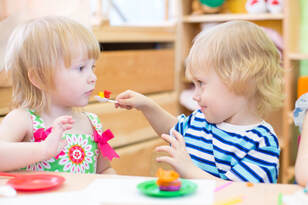 Toddlers listen, respond and gain new words every day; their vocabularies grow rapidly during this stage. Toddlers can follow two-step instructions, and begin to appreciate and respond to funny comments and rhymes. They start to talk with peers, listening and responding to one another. Toddlers' speech moves quickly from two-word and three-word sentences to more complex sentence structure by age three.
Caregiver Responses -As toddlers become more verbal, you can use new techniques to scaffold their language development: Recasting and expansion. Recasting means restating the child’s sentence using correct grammar. You don't need to point out the mistake or correct the child, simply reword what they say. For example, if a child says “Spot digged a hole,” Say, “Yes, Spot dug a hole.” Expansion means adding to the child’s statement; “Yes, Spot dug a big hole. He wanted to bury his bone.” Your job is to model mature language and increase vocabulary. -You can also use language to describe emotions and help toddlers begin to identify their feelings. Before reminding toddlers to "use your words", tell them the words to use when they are upset or in a conflict with a peer. Young children need lots of modeling, support and practice to use language to help them regulate their emotions. Help them find the words to identify their feelings. “It looks like you are really angry that it's time to stop playing. Let's find something that will help you feel better.” -Ask open-ended questions. This also extends learning and invites the child to express himself or herself. -Provide toddlers with a variety of new materials and experiences. This expands vocabulary and keeps toddlers engaged in their environment. Explore the outdoors, following the children’s lead and talk about the things they find interesting. -Continue to provide access to books and lots of opportunities for reading every day. Read to toddlers in small groups and one-on-one, and let toddlers to explore books independently as well. From 3 to 4 Years 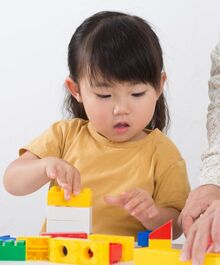 Three-year-olds are able to more effectively use language to communicate. They've learned the rules of conversation and begin to talk more with peers and caregivers. They can answer questions, so ask them starting with who, what, when, where and why. You may even pose more complex questions, such as how and if/then. Threes can usually follow three-step instructions. Three-year-olds are learning multiple words to describe and talk about their feelings. They are beginning to resolve conflicts with peers and provide comfort with language. They begin to use phrases such as “I think” and “I have an idea” and “I guess” that indicate their thought process. Threes can more consistently apply grammar rules regarding past tense and possessives, and can more accurately use pronouns like he, her, they and we.
Caregiver Responses: Direct interactions between caregivers and children are still important, but three-year-olds interact with one another more frequently. Your role is to create an environment that is supportive of these peer interactions: A classroom with well-defined and engaging learning centers, spaces for small group and one-on-one activities, and interesting materials that foster problem-solving and require cooperation (i.e. simple board games, dramatic play, and construction materials). Provide consistent and clear expectations that allow children to explore with confidence. Include both small and large group activities (reading, storytelling, singing, and word games) that extend threes' vocabulary and model effective social communication. From 4 to 5 Years 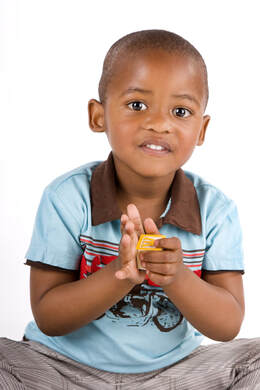 Four-year-olds have a greater understanding of of grammar rules: Over-regulation (for example, adding -ed for all words to indicate past tense) gradually disappears by about age 5. Four-year-olds may have trouble with certain types of words: opposites, negatives, connectives (if, or, but) and question words (how, why, when). From four to five years, children's vocabulary grows from about 4,000 words to about 8,000- 12,000 words. Four-year-olds converse more with other children, adapting their speech to the needs of the listener.
Besides continuing to develop receptive and expressive language, preschoolers are also developing literacy - the knowledge and skills related to reading and writing. For ideas about what is involved and how you can support emergent literacy from birth to age five, watch for our next blog post in May. Until then, enjoy helping your young children's language skills develop! ReferencesTexas Early Learning Council. (2013). The Texas Infant, Toddler, and Three-Year-Old Early Learning Guidelines. https://littletexans.org/Media/FullGuidelinesEnglish.pdf
Kostelnik, M. J., Rupiper, M., Soderman, A. K., & Whiren, A. P. (2014). Developmentally Appropriate Curriculum in Action. Upper Saddle River, NJ: Pearson Education, Inc.
Social development is the gradual gaining of the skills, attitudes, relationships, and behavior that enable children to interact with others. Social play happens when children are playing with adults or with other kids.
Sociodramatic play is an especially valuable type of play. Besides having fun (which has value in itself!), children learn social skills that include: communication, cooperation, problem-solving and perspective taking. Research shows that these social skills help children succeed in school and in life, too. (Caprara et al.) For children to best learn social skills through play, they need lots of opportunities to play with other children, of course. But they also need support from sensitive adults. Here’s why:
We can support children’s social skill development by playing with our kids and modeling the positive social behaviors we want them to use. We can also teach them social skills using a technique called “scaffolding” - giving just enough help at first to build new skills, then letting them do more and more on their own. Here are some ways to support young children’s development of social skills: Communication
CooperationExplain what cooperation looks like in different play situations:
Problem-solvingWhen children play together, conflicts are inevitable. Help kids learn to solve problems collaboratively by teaching them to negotiate. Here are the steps in successful problem-solving: Perspective-takingWe can help children understand the perspective of others by pointing out:
References:
Caprara, G. V., Barbaranelli, C., Pastorelli, C., Bandura, A., & Zimbardo, P. G. (2000). Prosocial foundations of children's academic achievement. Psychological Science, 11(4), 302-306. Forrester, M. M. & Albrecht, K. M. (2014). Social emotional tools for life: An early childhood teacher’s guide to supporting strong emotional foundations and successful social relationships. Houston: Innovations in ECE Press. Lancy, David F. and Grove, M. Annette, "Marbles and Machiavelli: The role of game play in children's social development" (2017). Sociology, Social Work and Anthropology Faculty Publications. Paper 621. https://digitalcommons.usu.edu/sswa_facpubs/621 White, R. E. (2012). The power of play - A research summary on play and learning. For Minnesota Children’s Museum Smart Play. https://www.childrensmuseums.org/images/MCMResearchSummary.pdf |
AuthorI'm Diane Goyette, a Child Development Specialist, Trainer, Consultant and Keynote Speaker. I'm excited to share my blog! Archives
August 2023
Categories
All
|
|
Ways to Contact Us:
Schedule an Appointment |
|
Follow earlychildhoodspecialties for encouragement, teaching tips and more!
|
Follow eepworm for child-friendly posts!
|
© 2013-2024 Early Childhood Specialties LLC. All rights reserved.


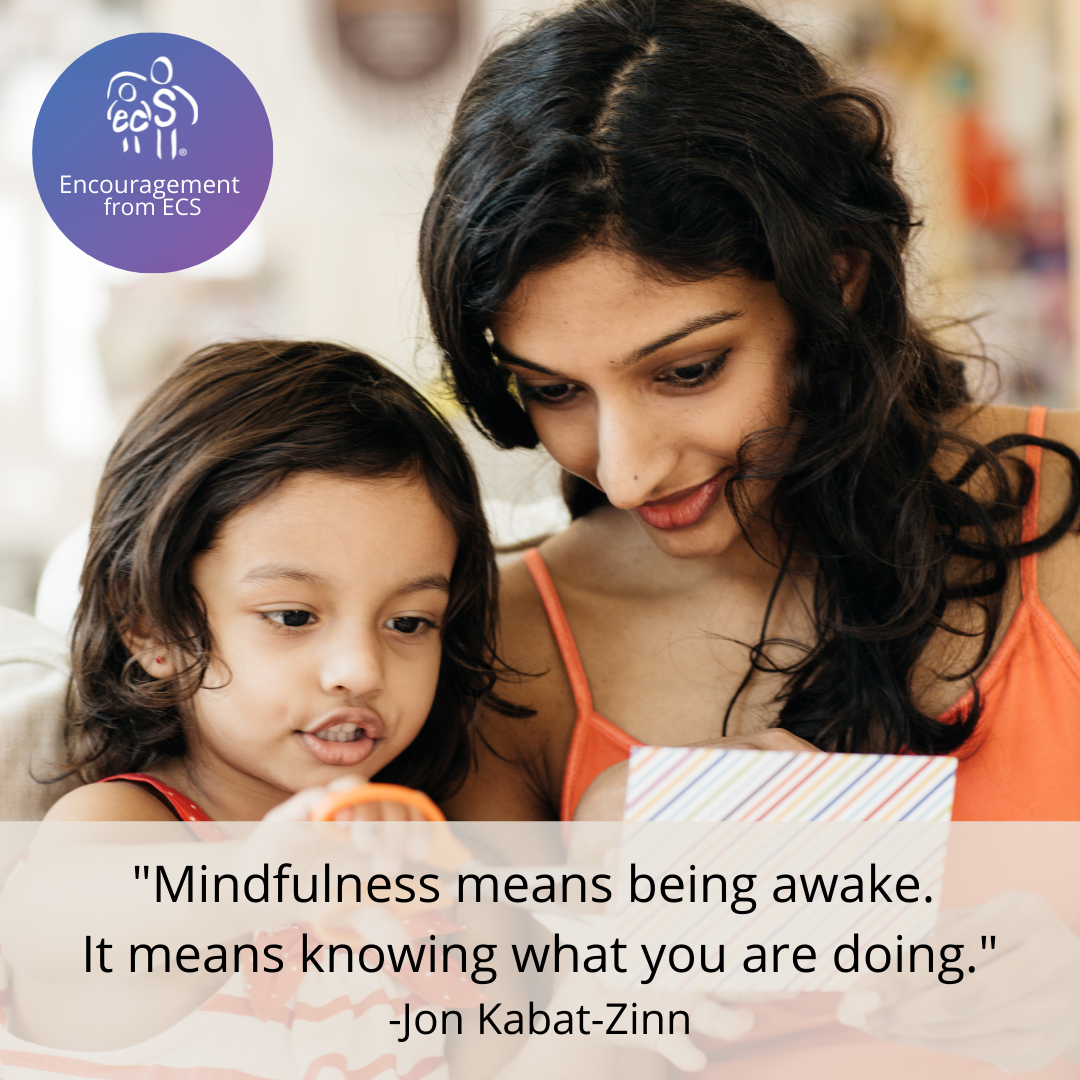
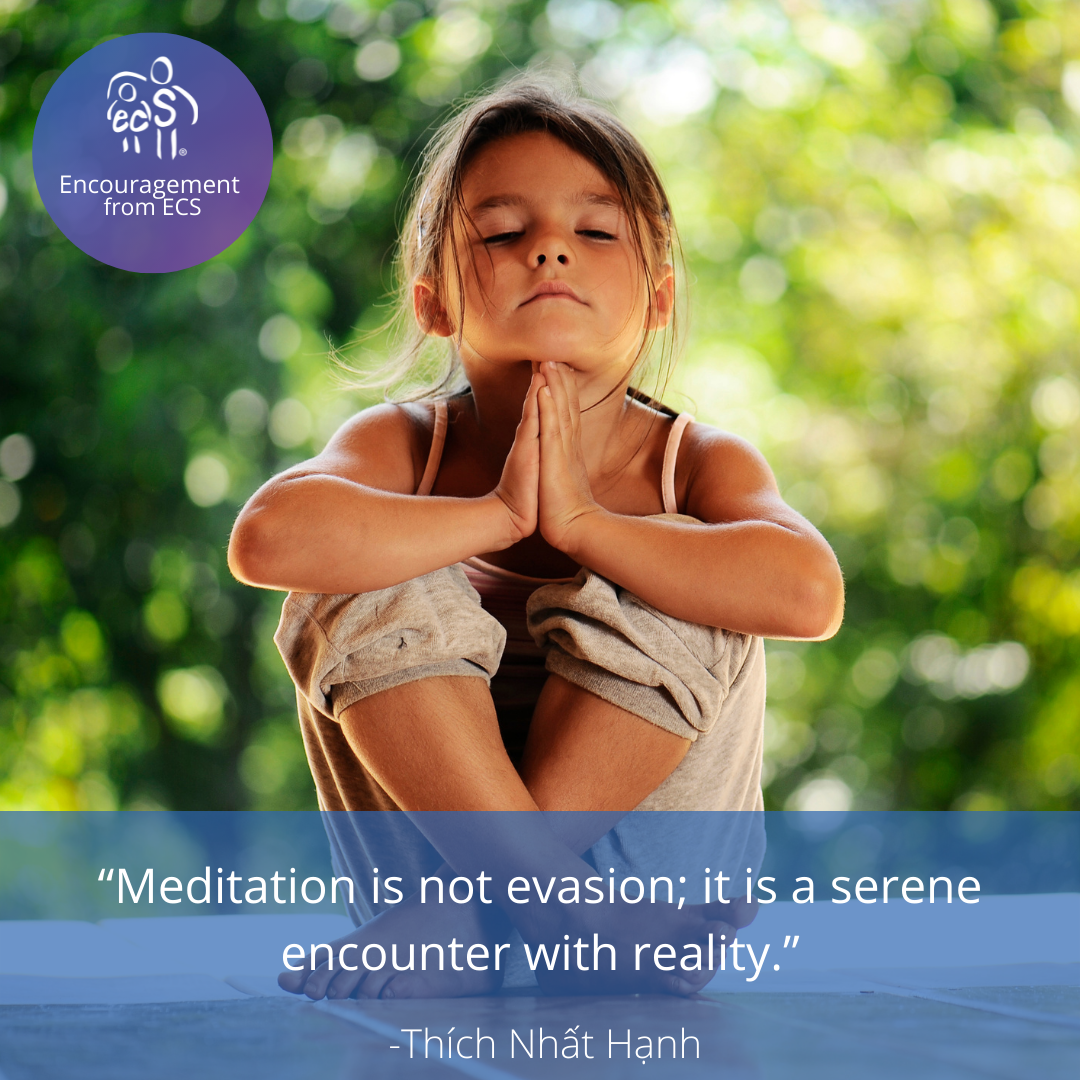

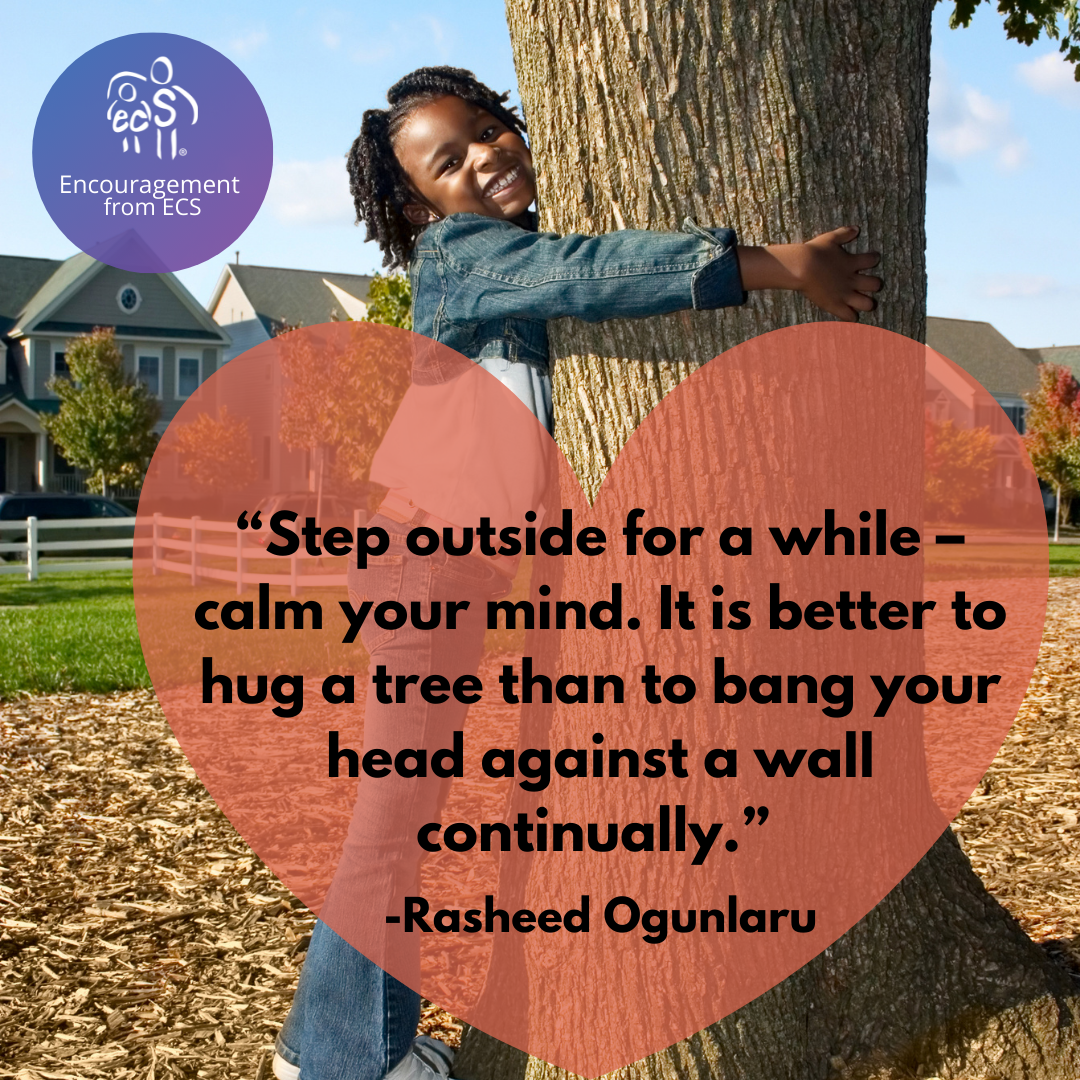
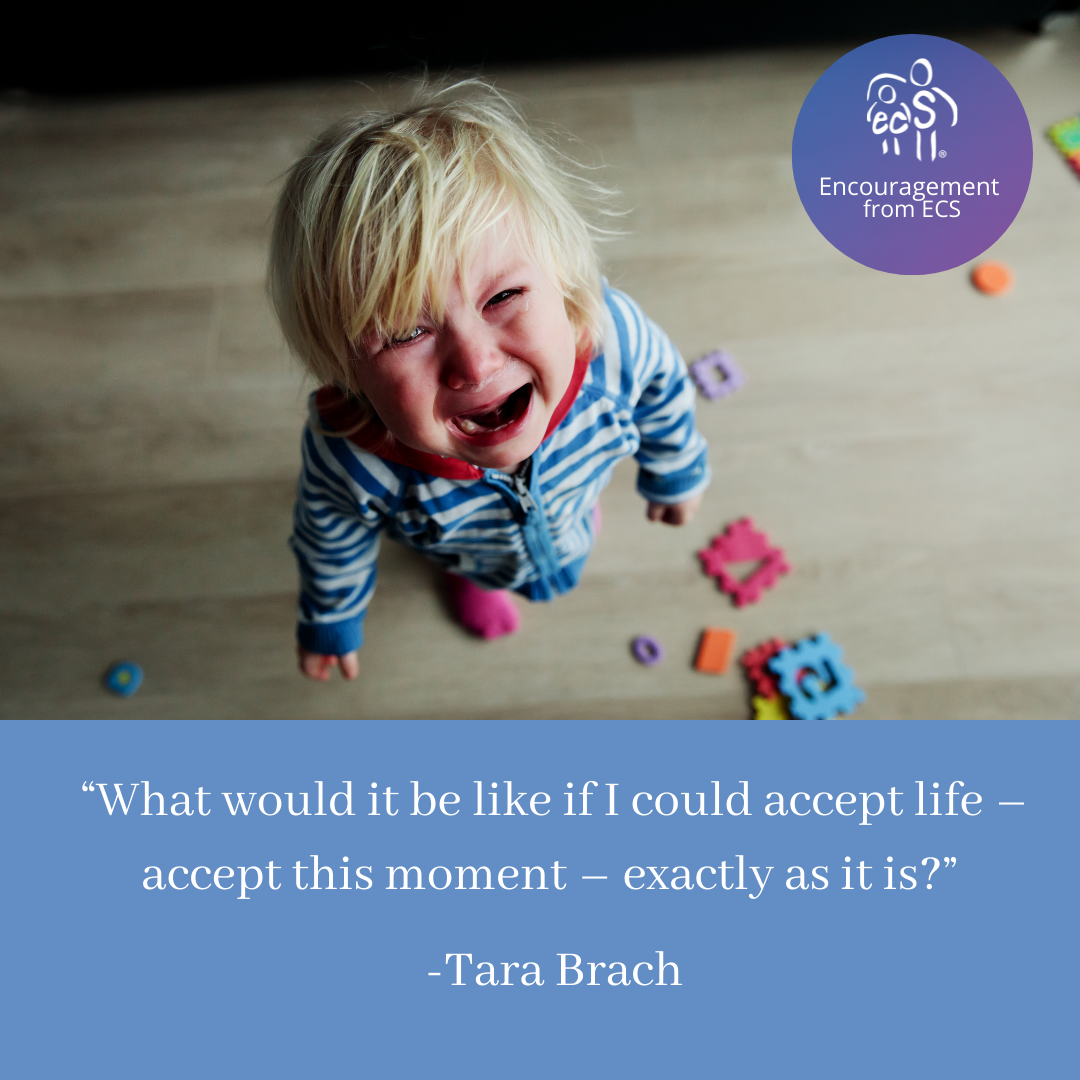
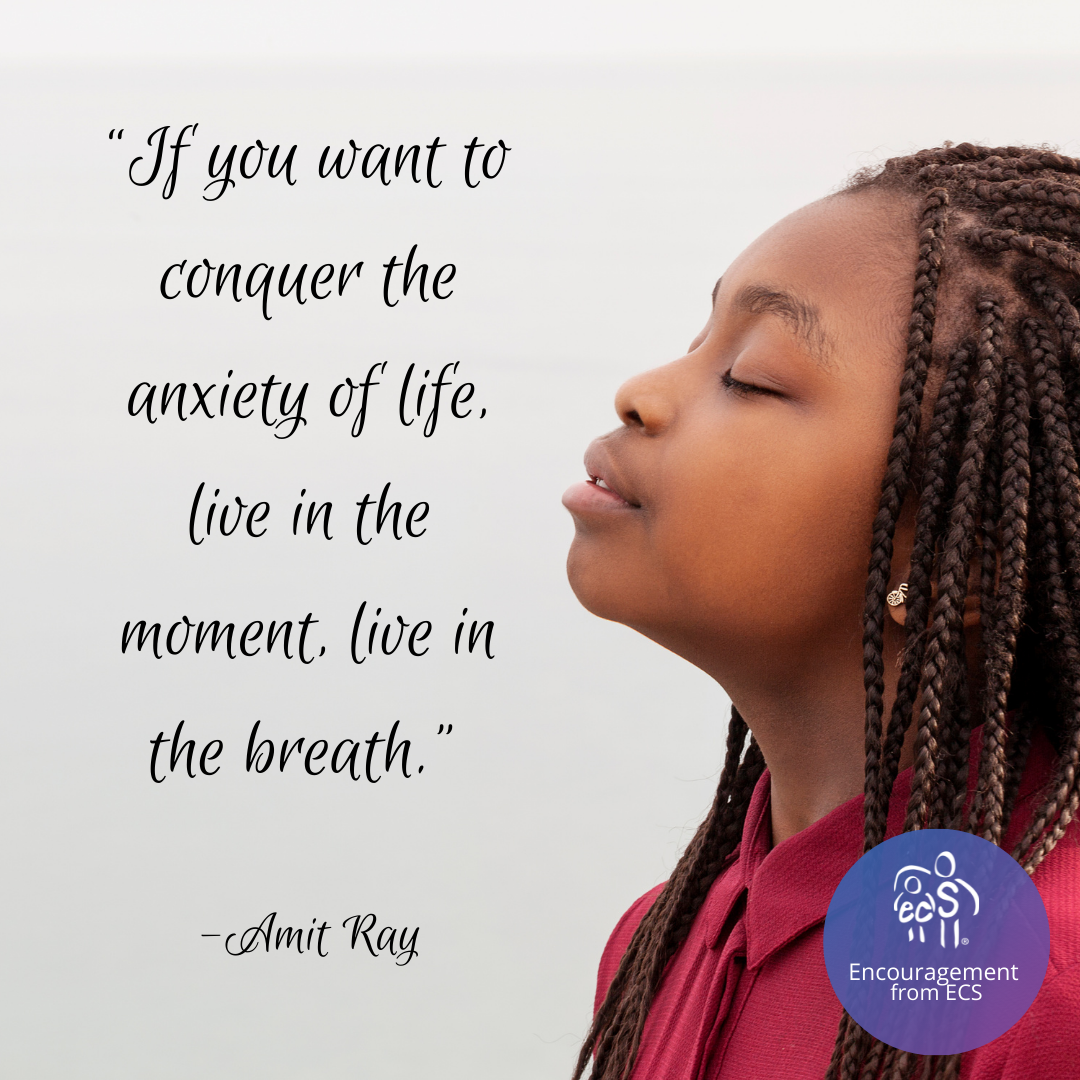

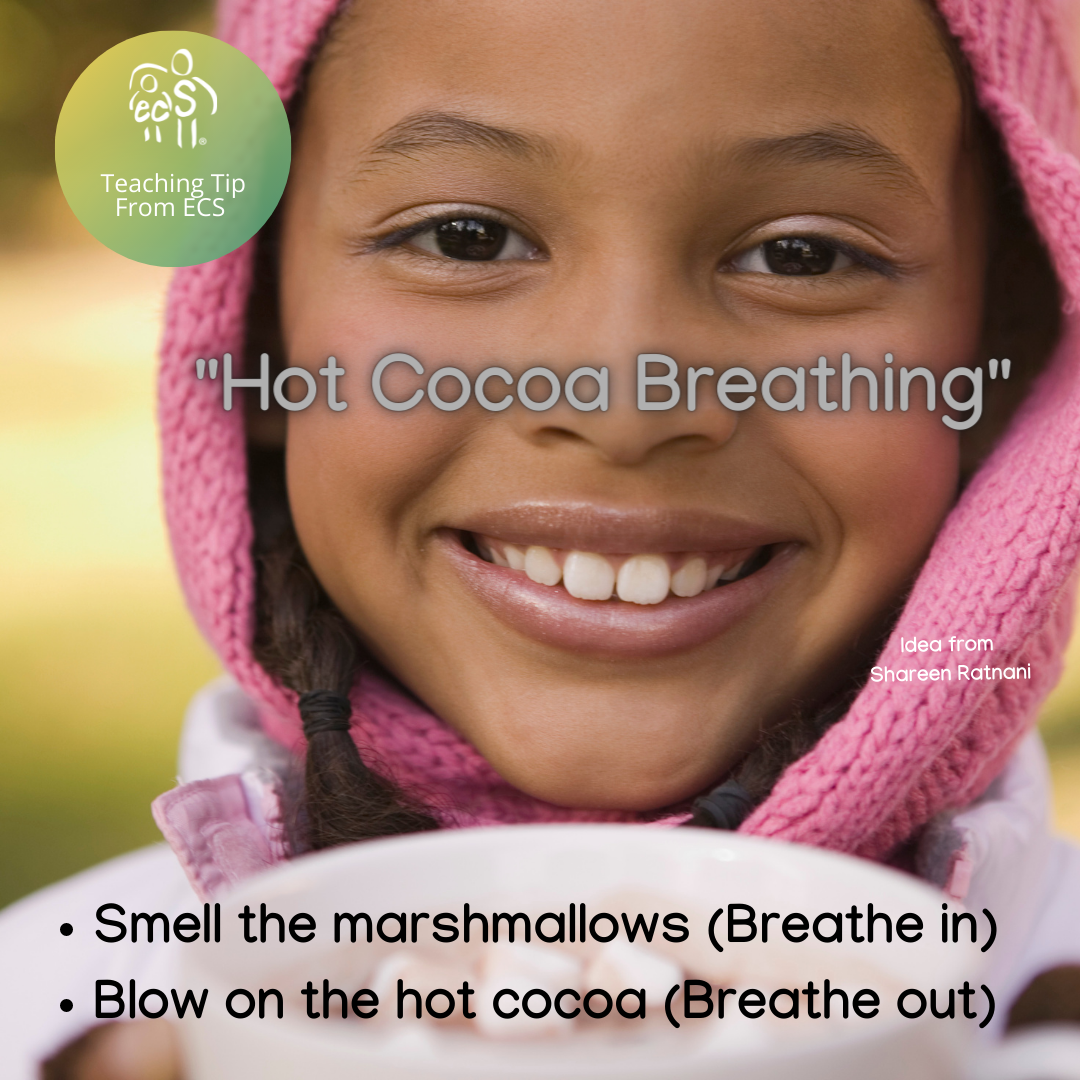
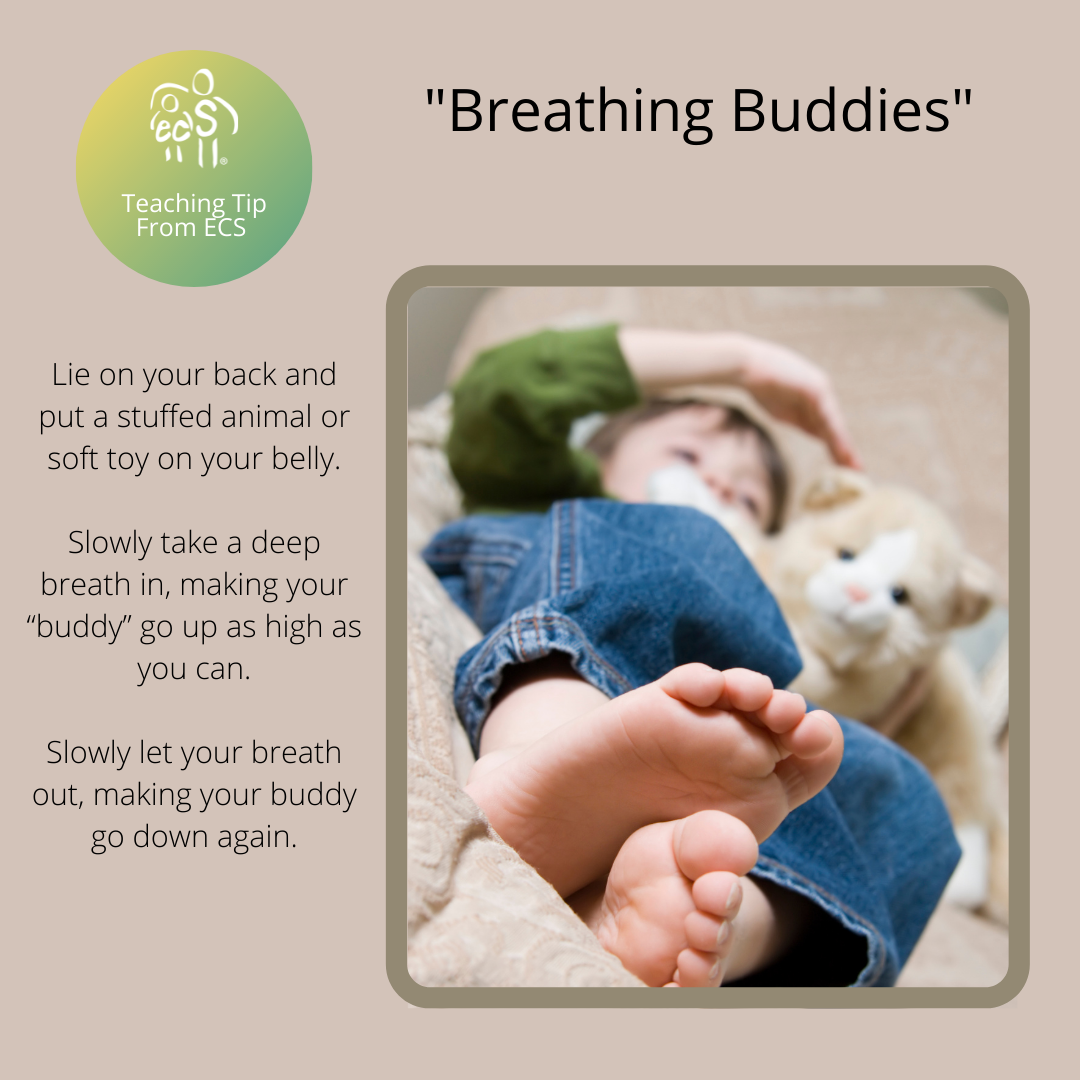
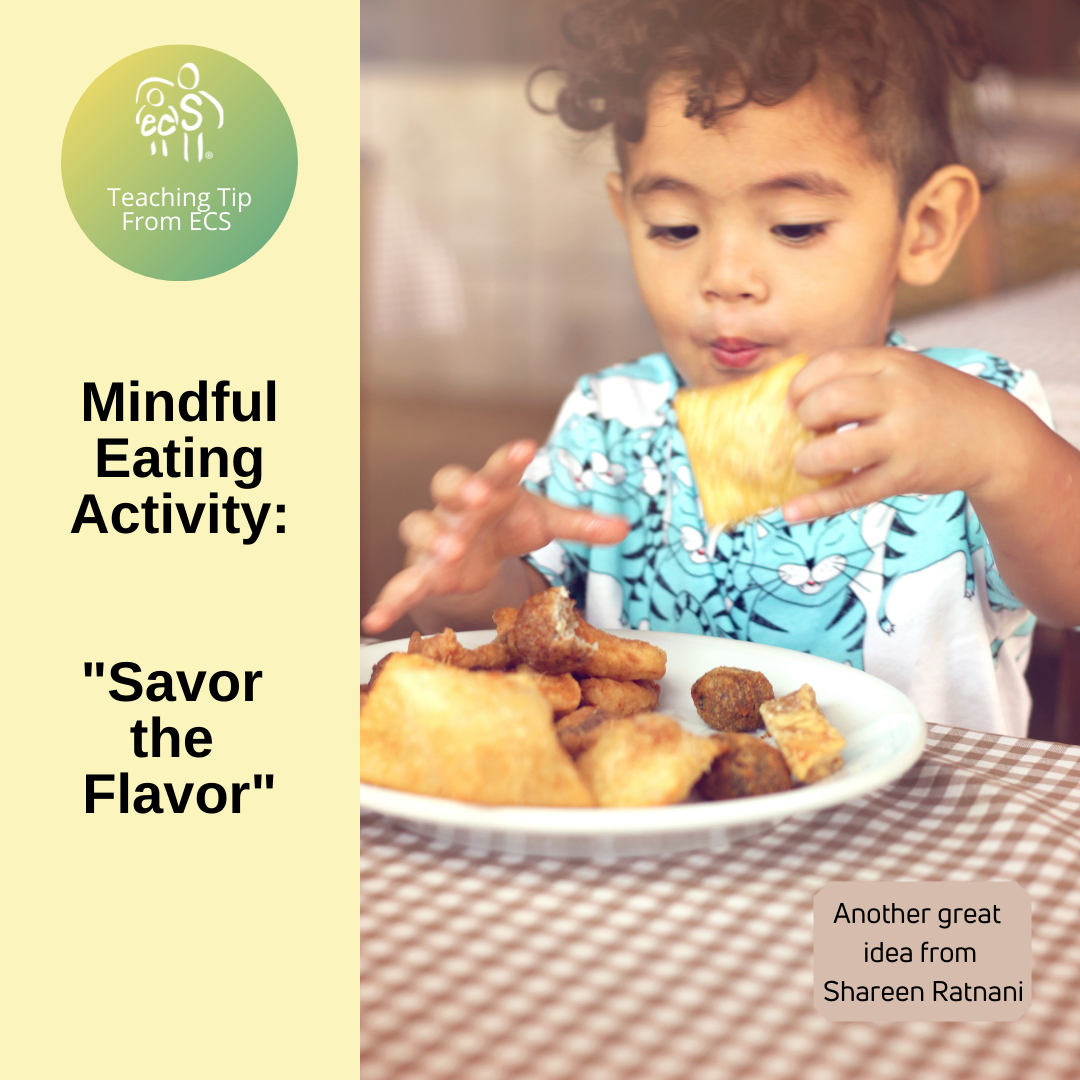
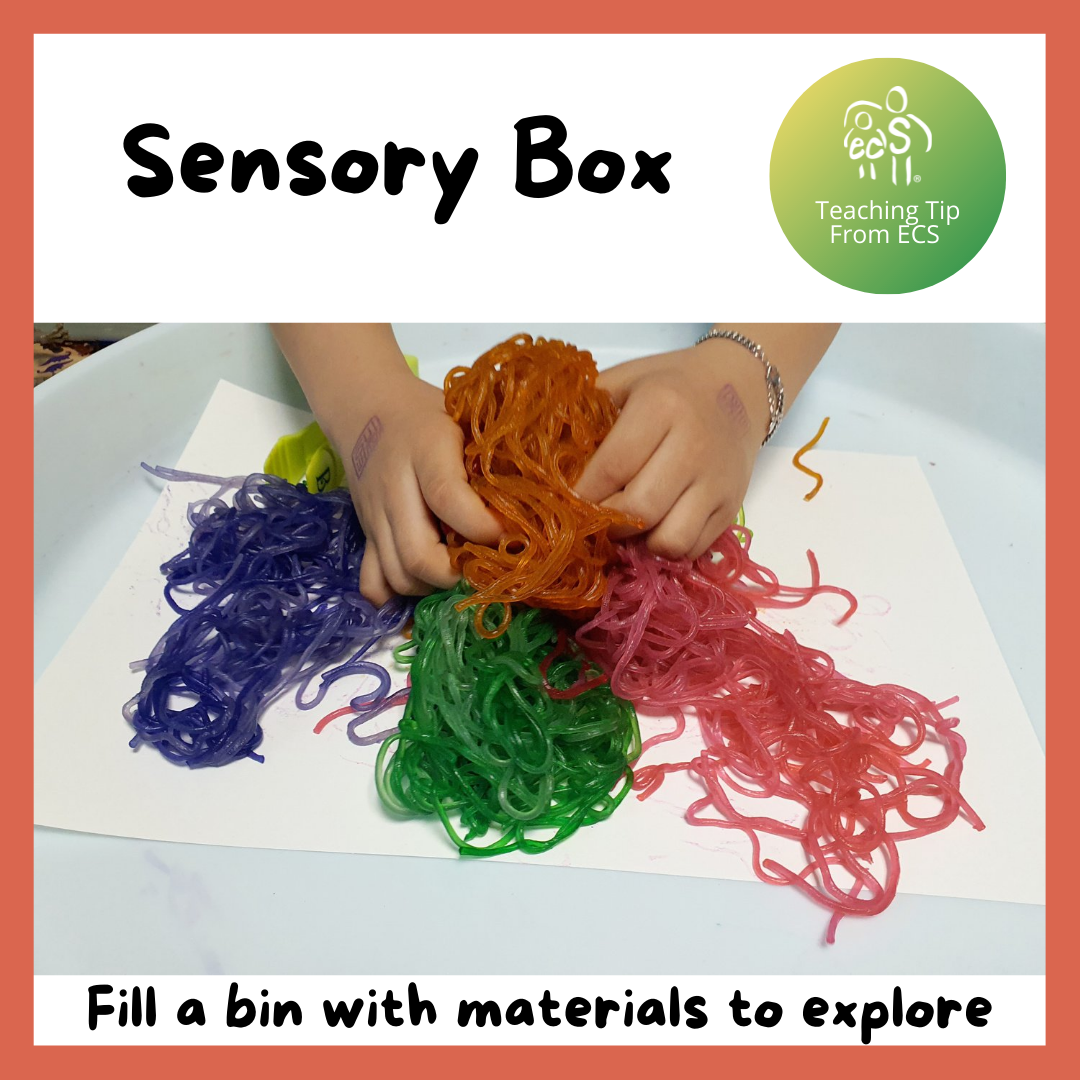
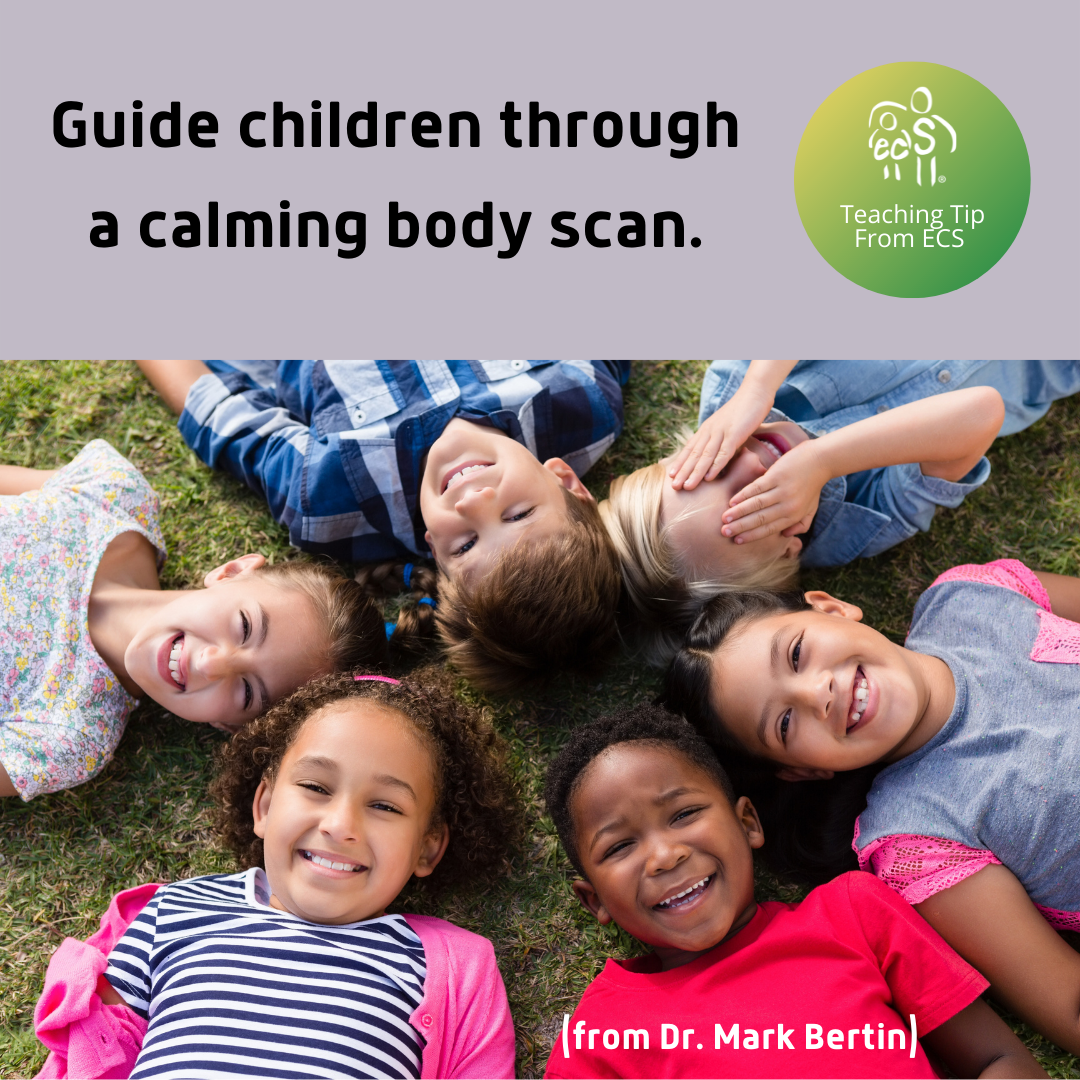
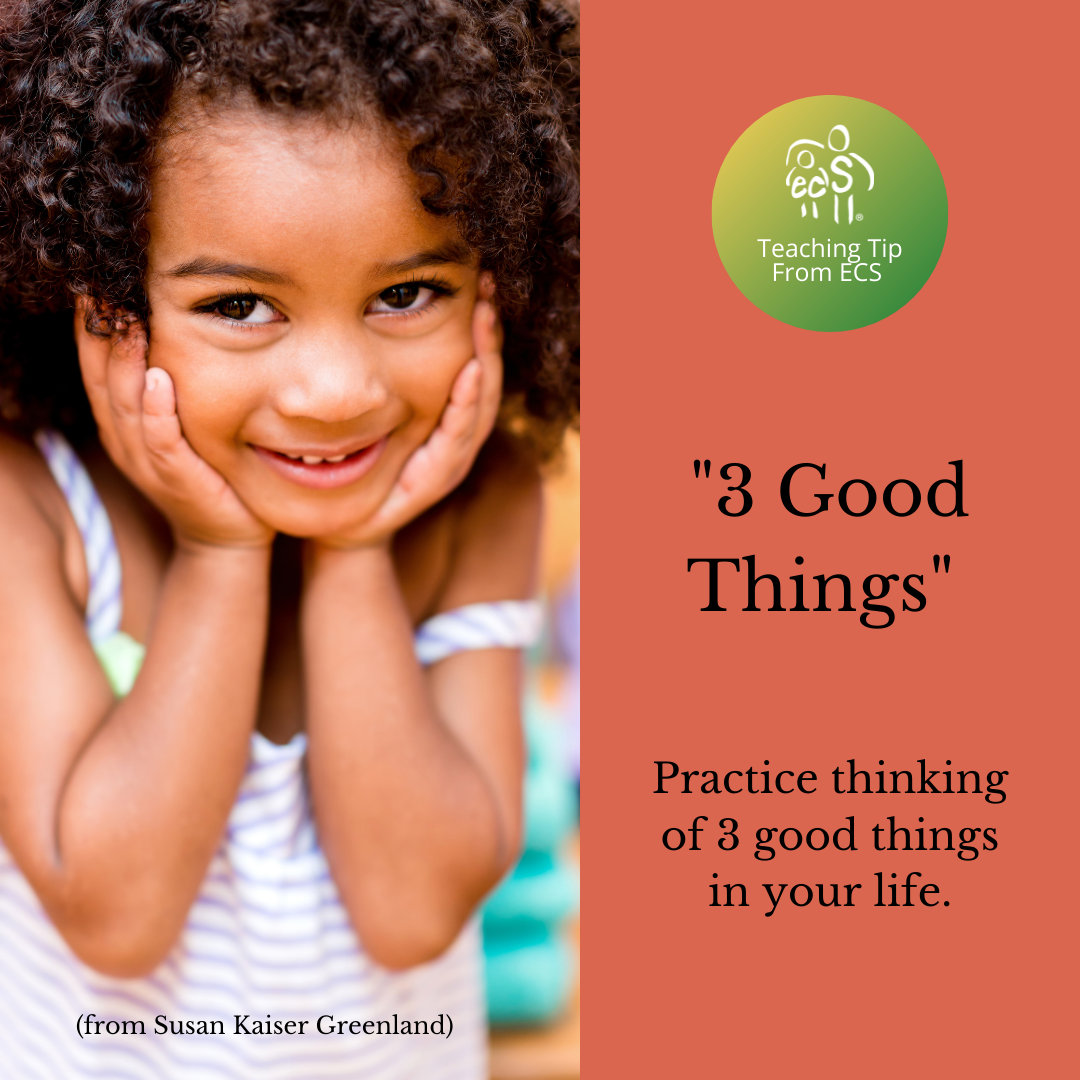
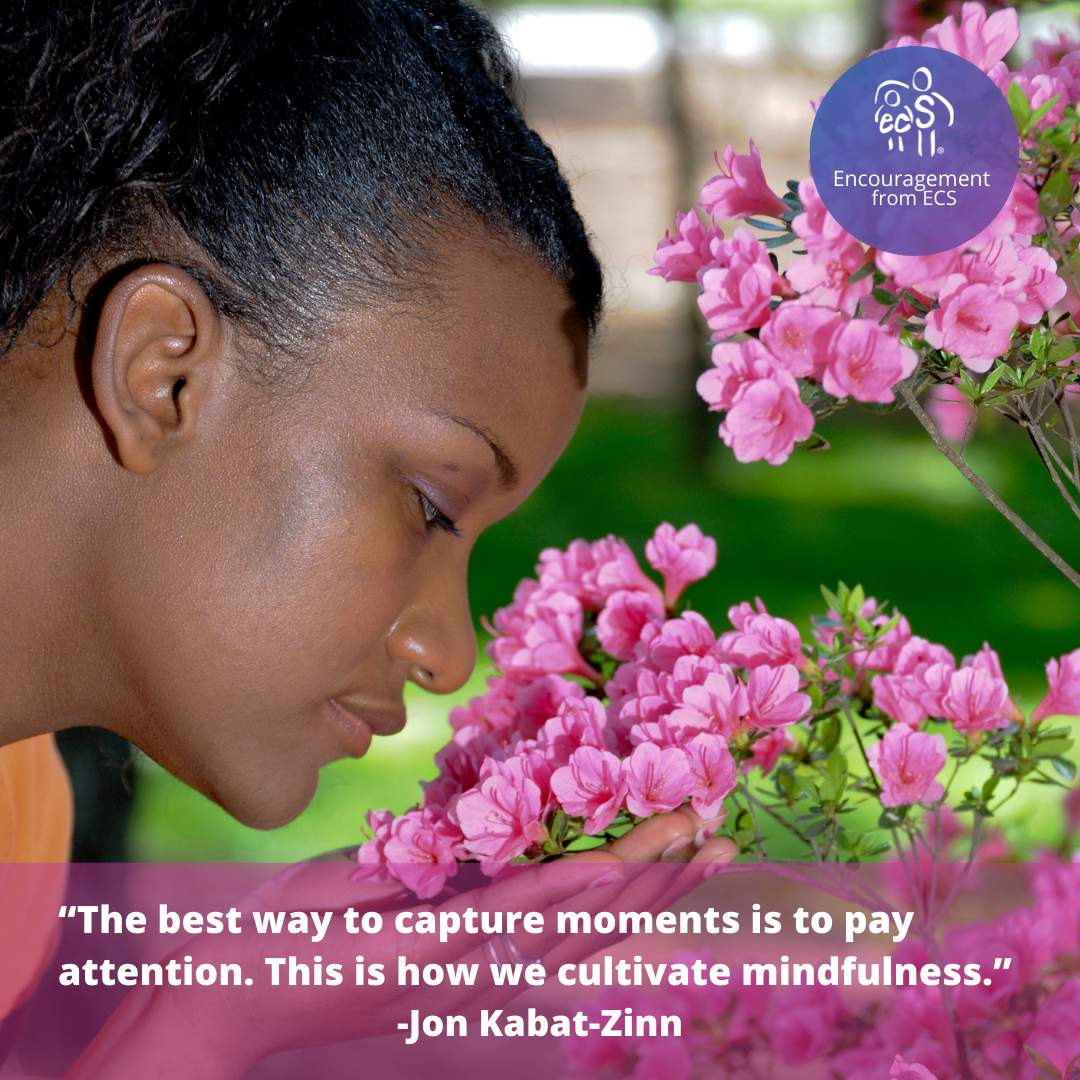
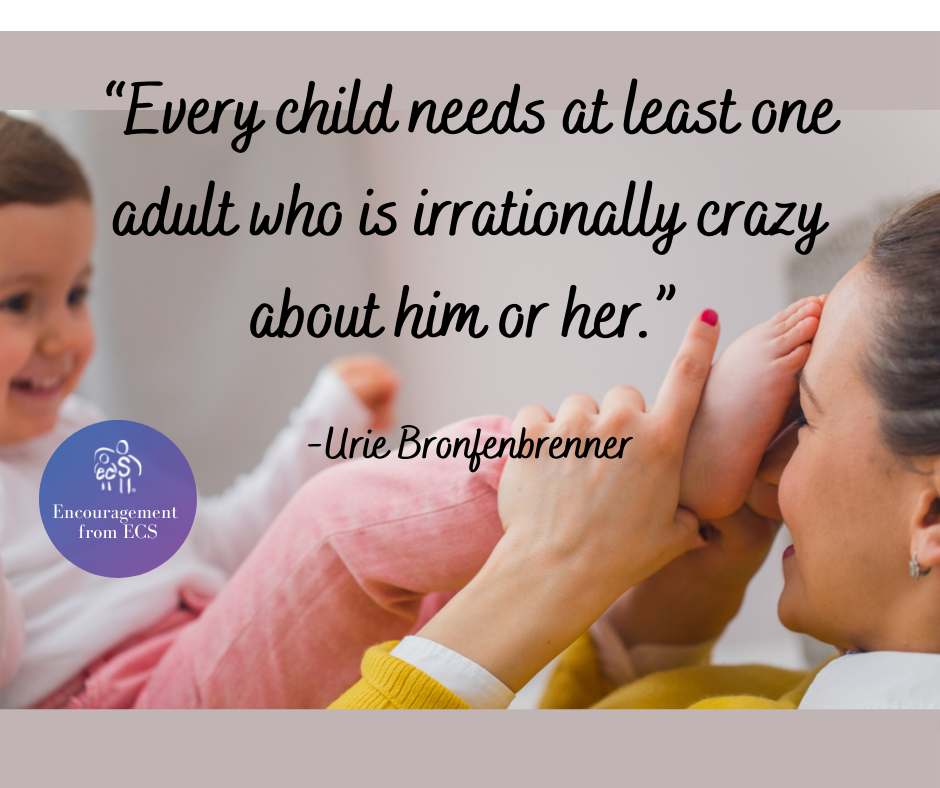
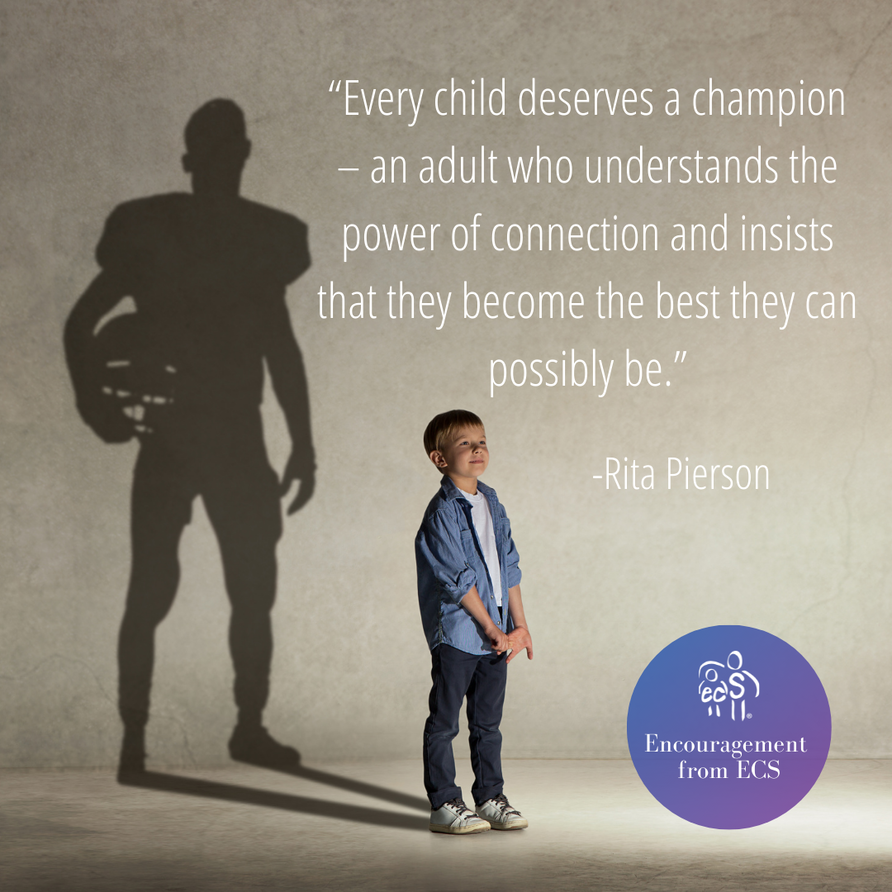
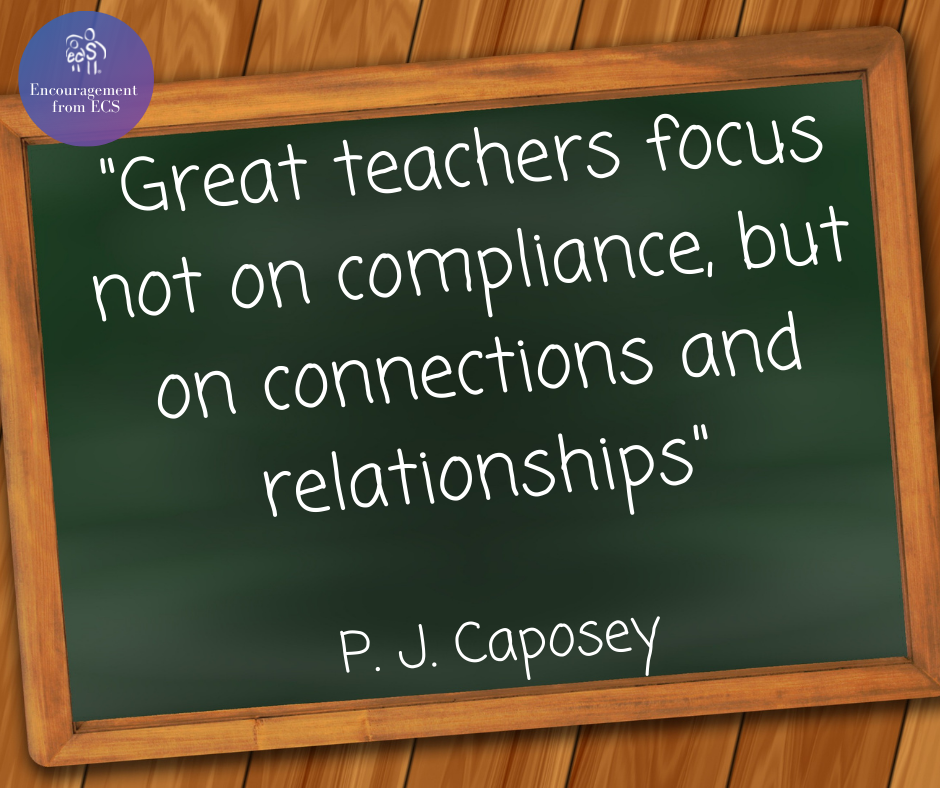


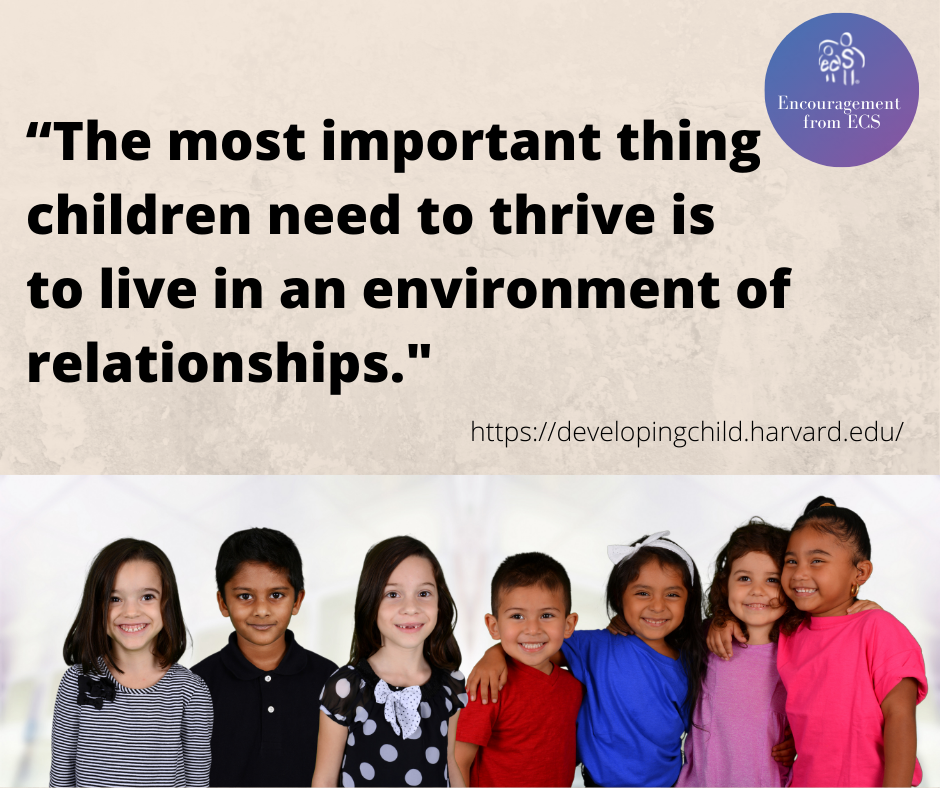
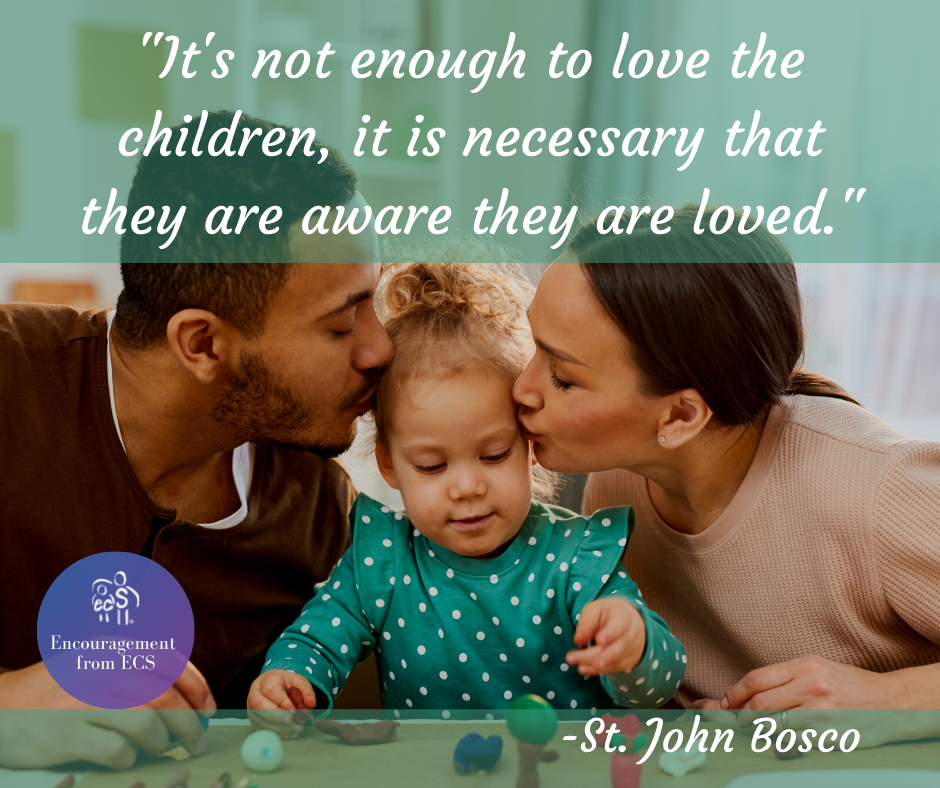
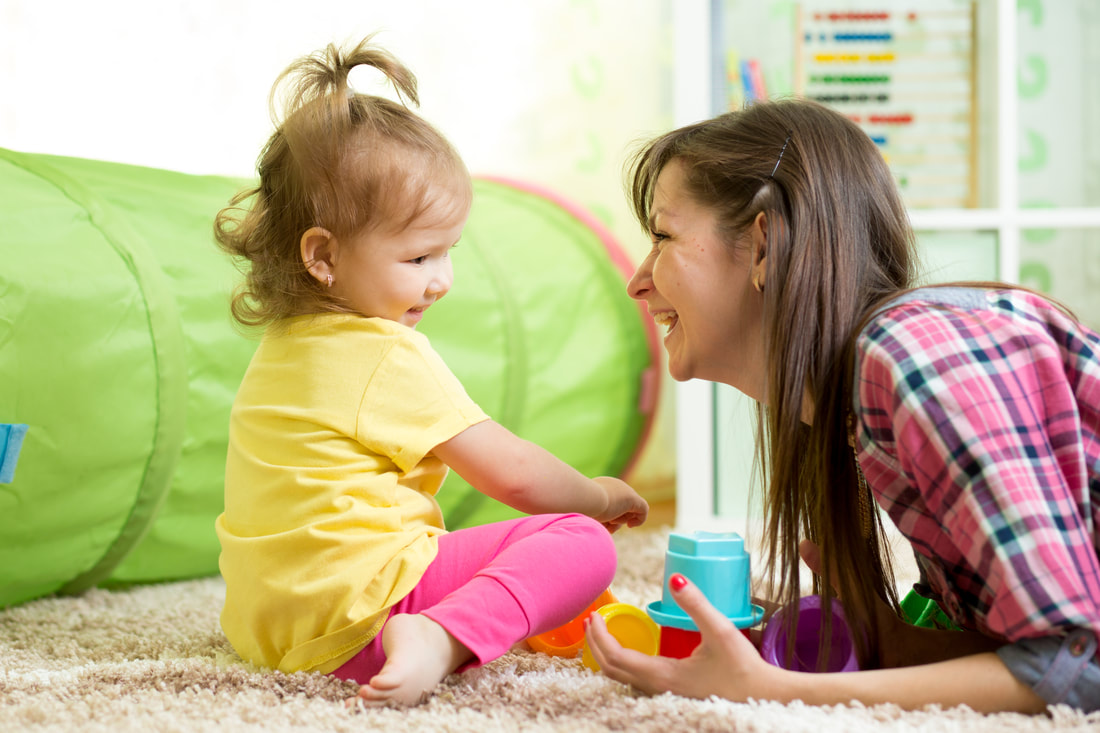
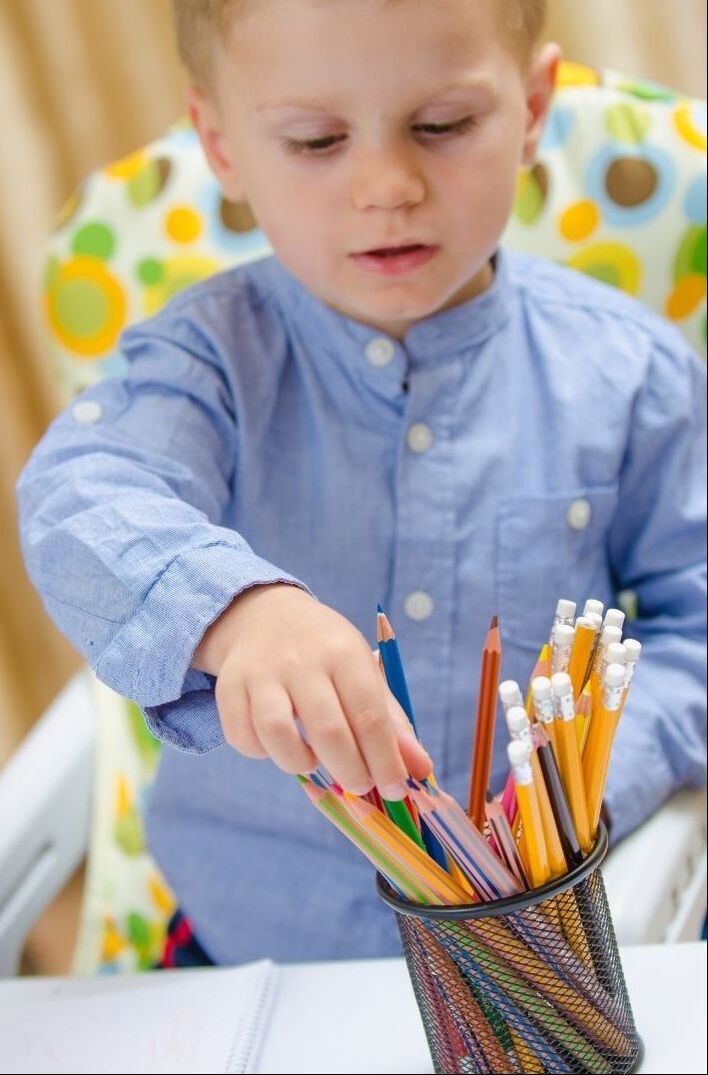
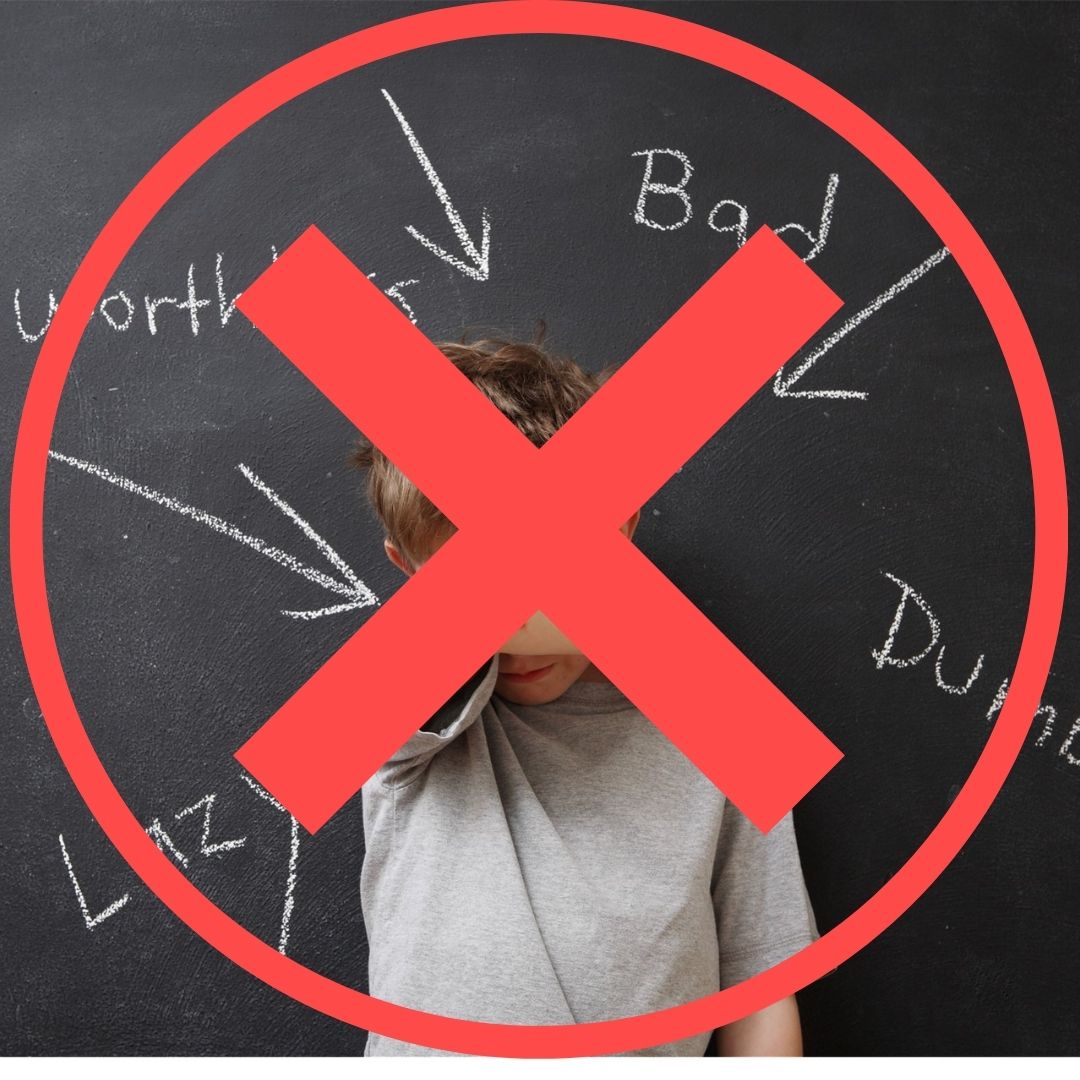
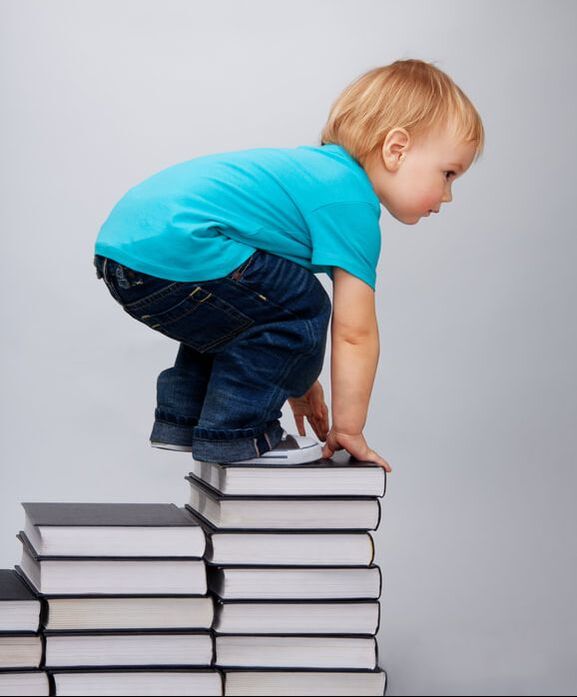
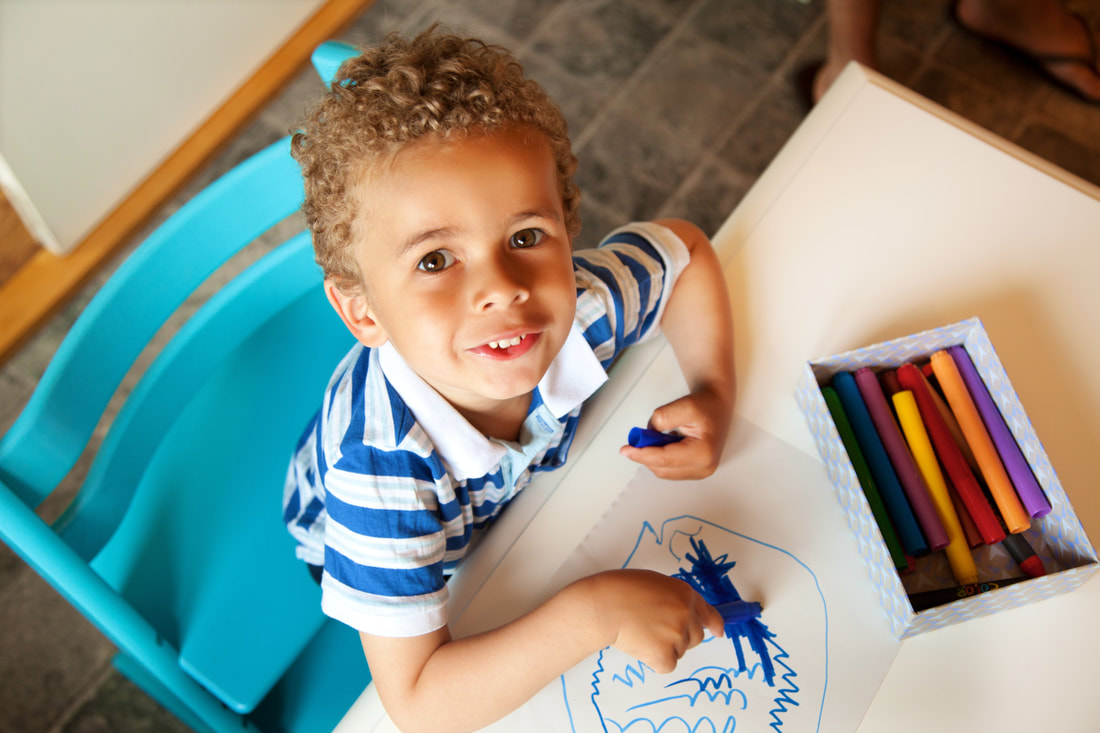
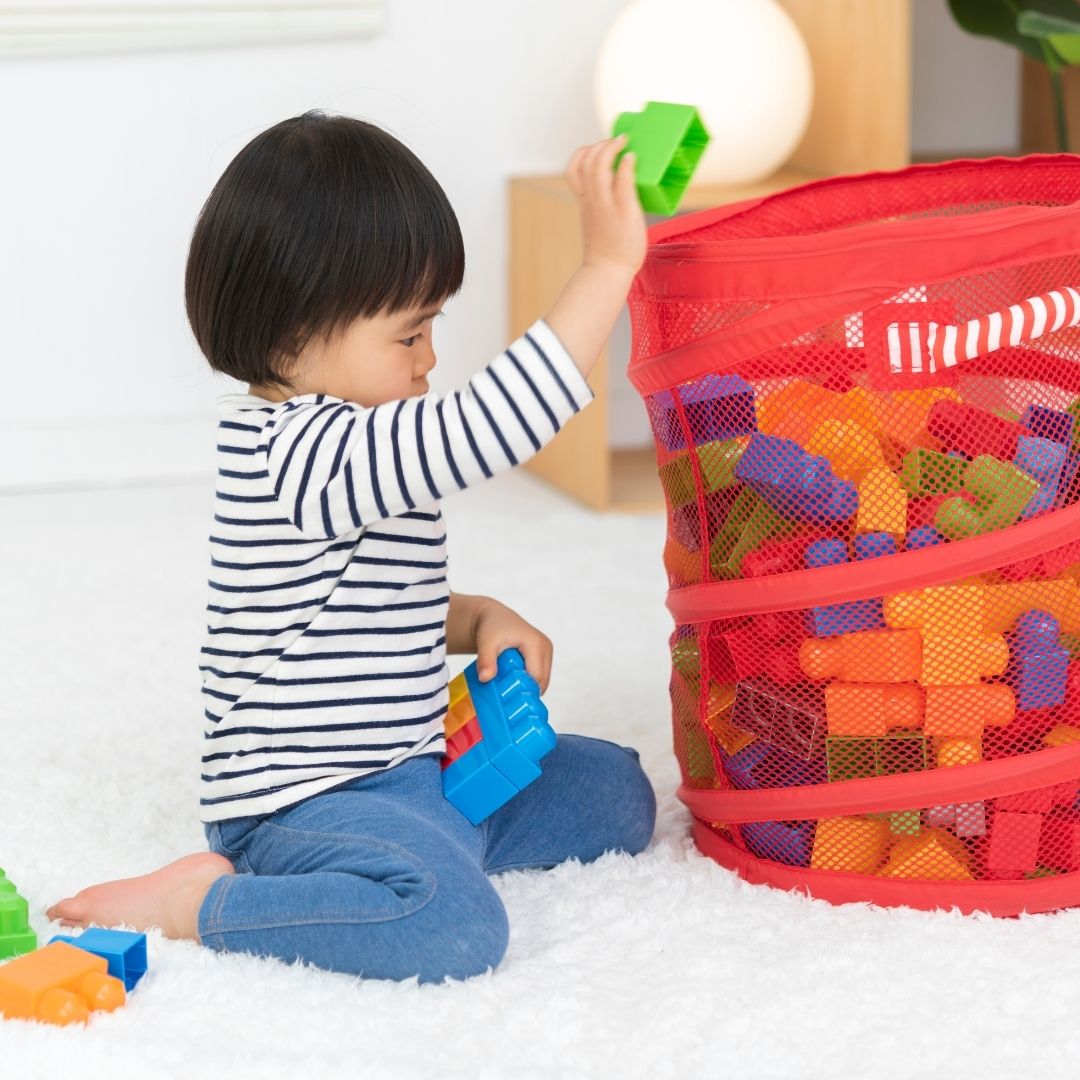
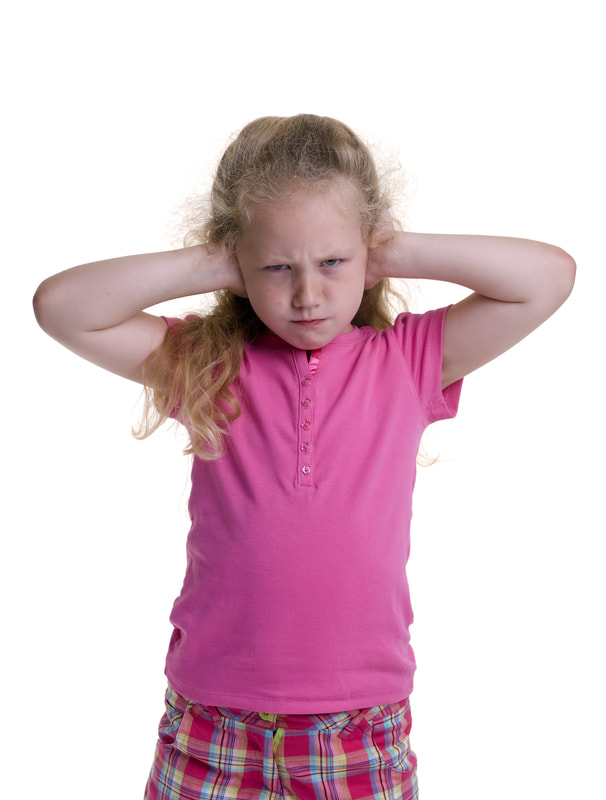
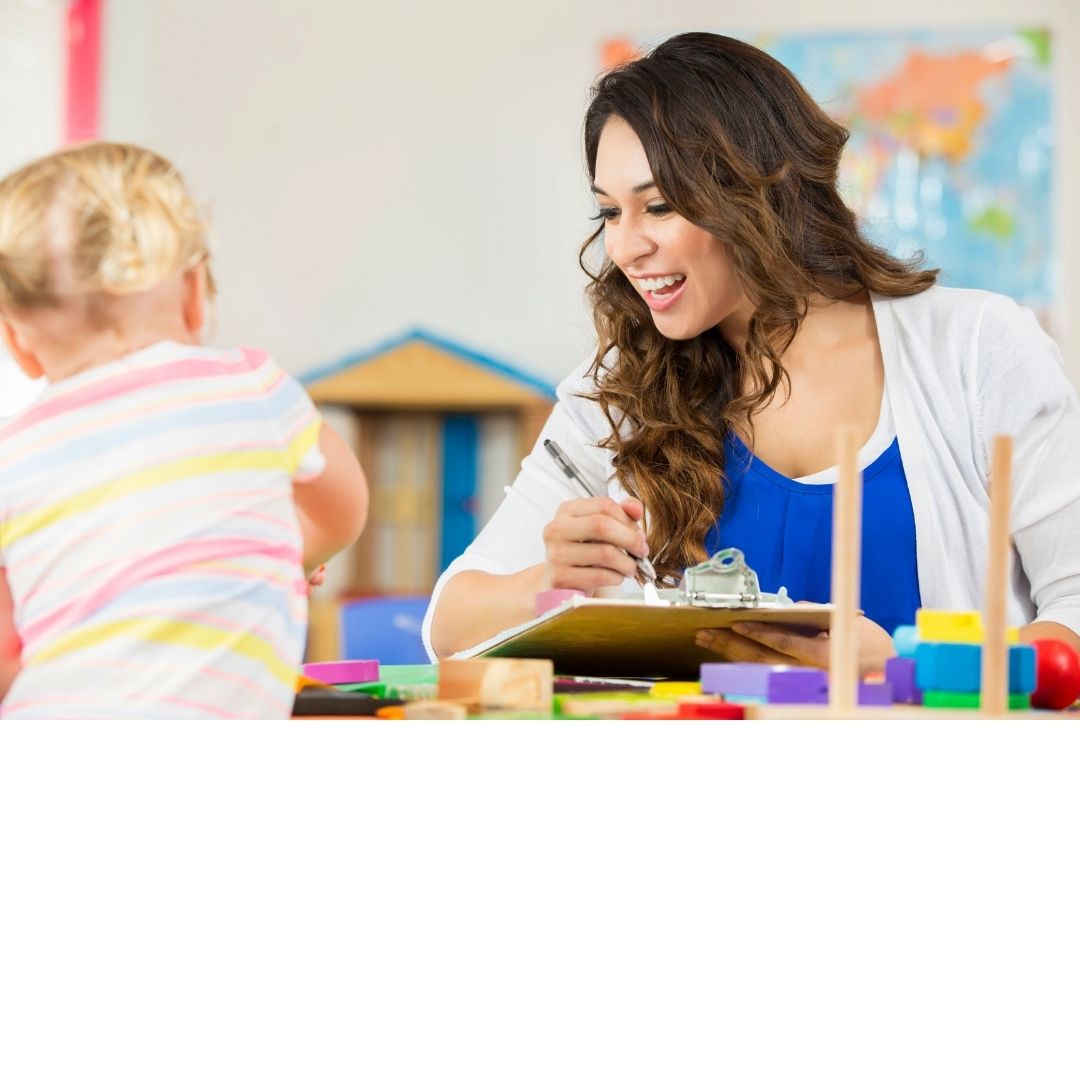
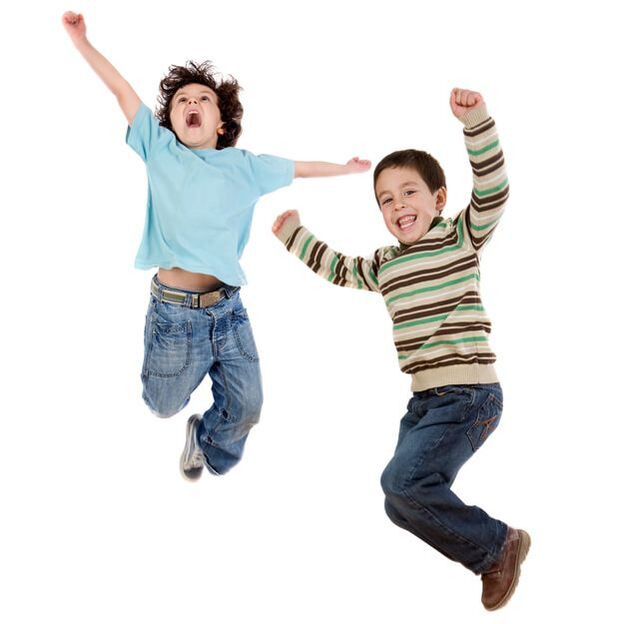
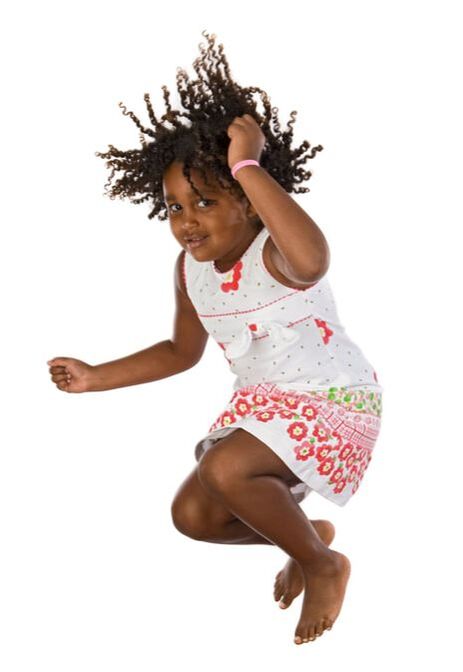
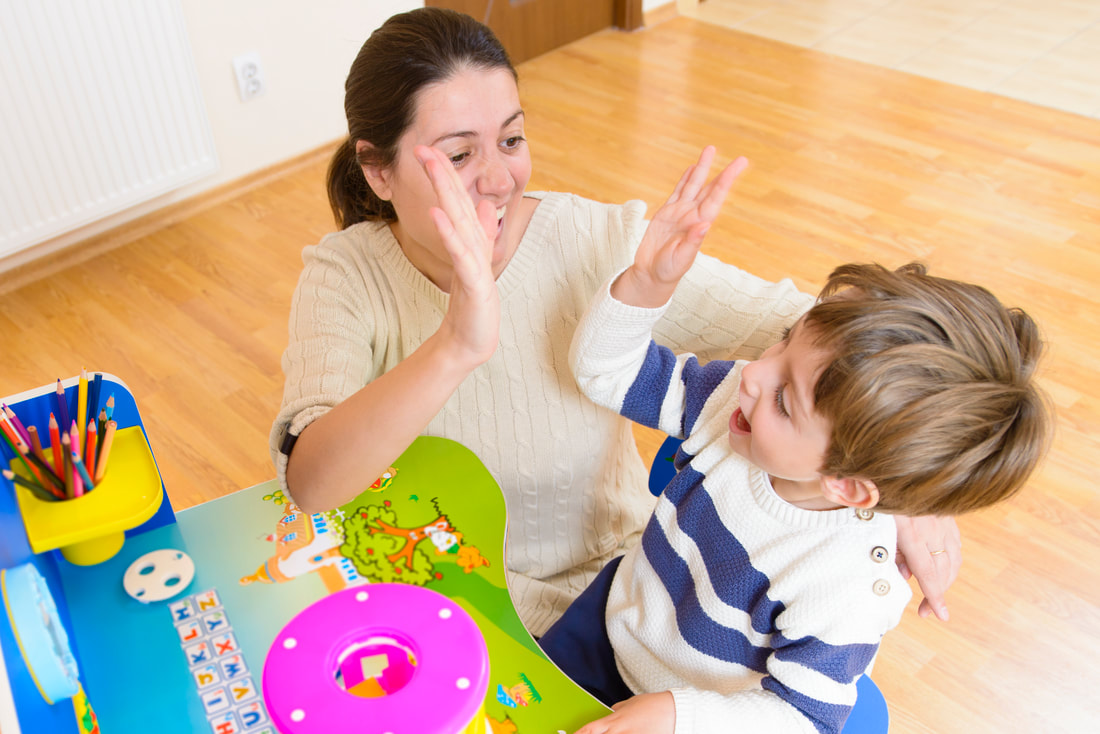

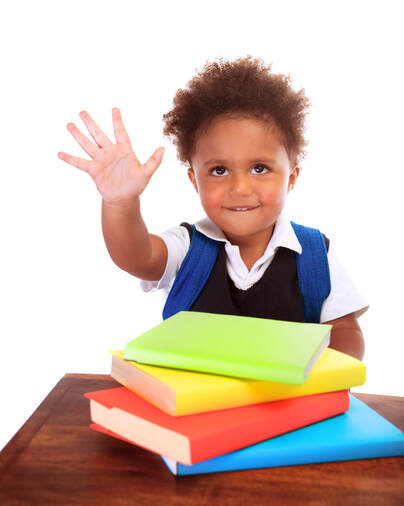
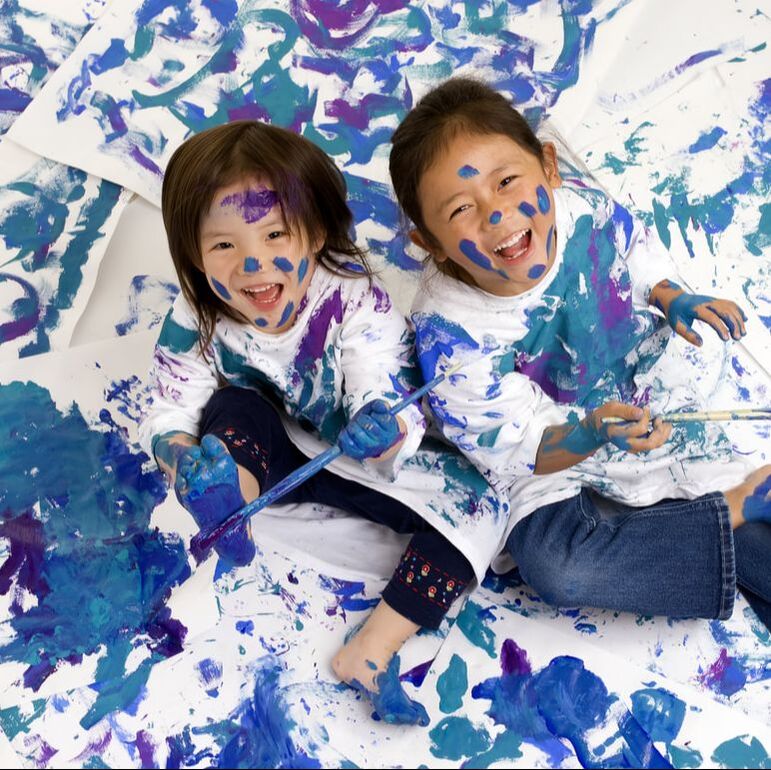
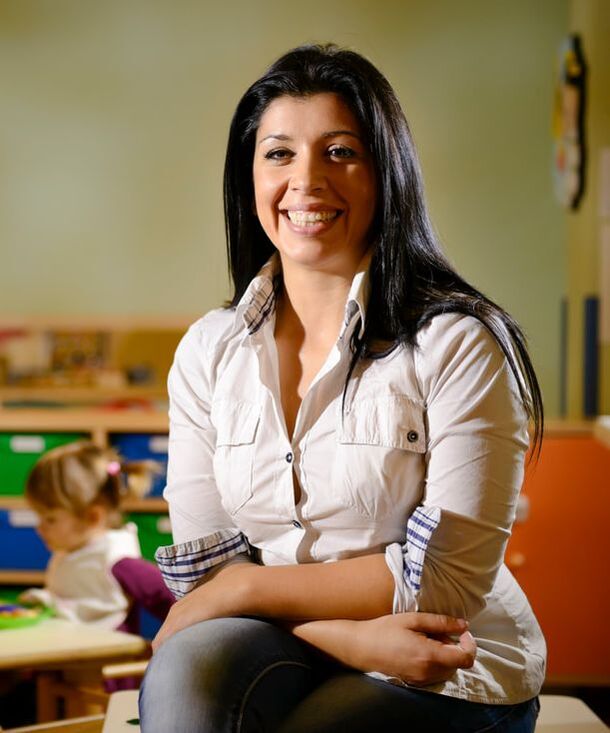
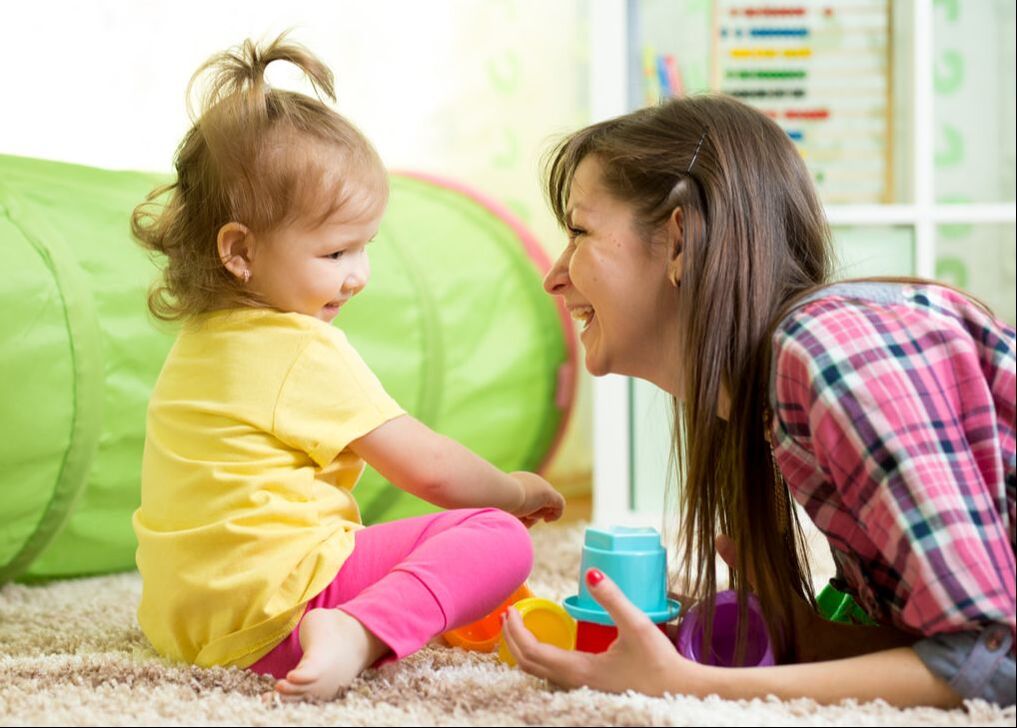
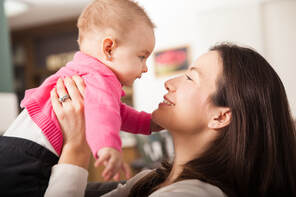
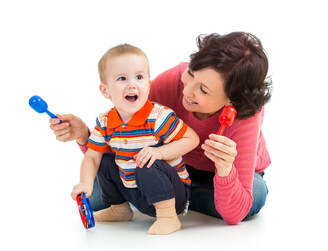
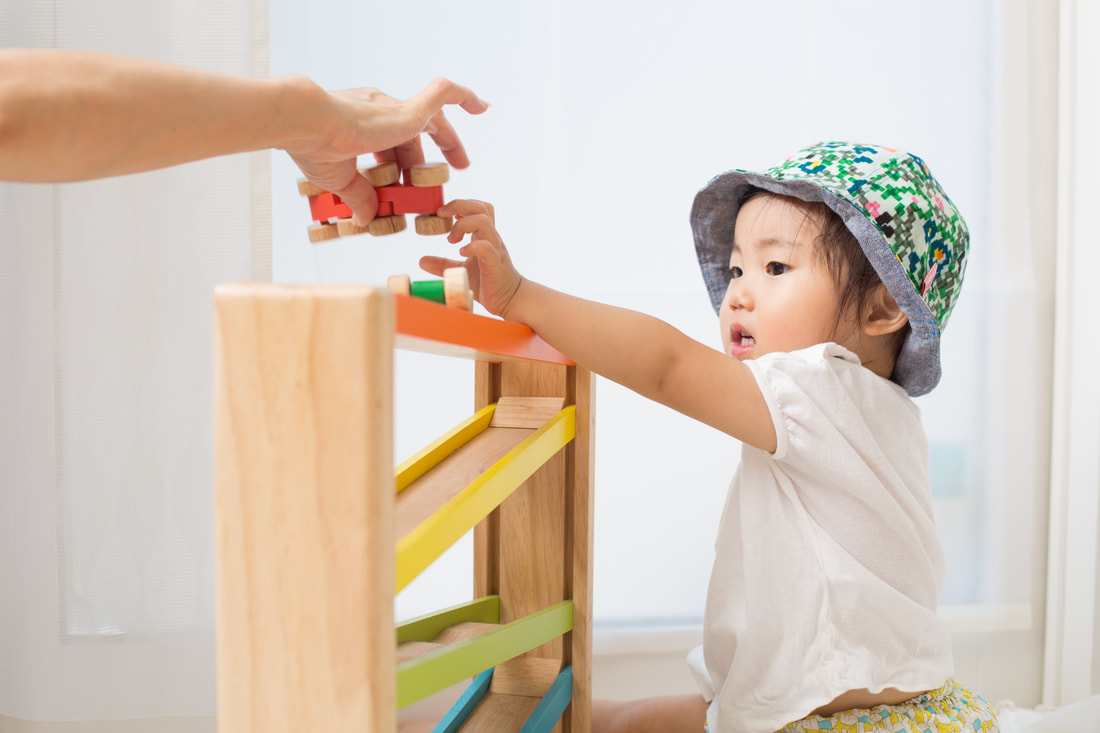
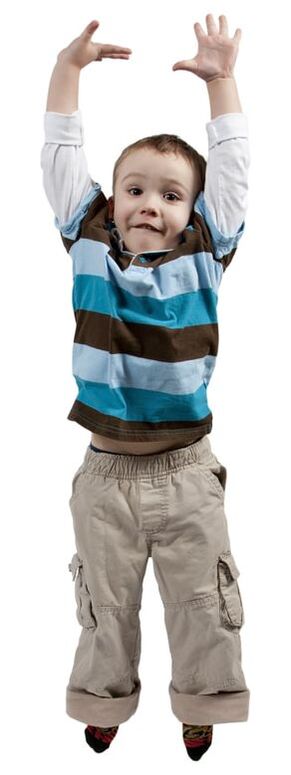
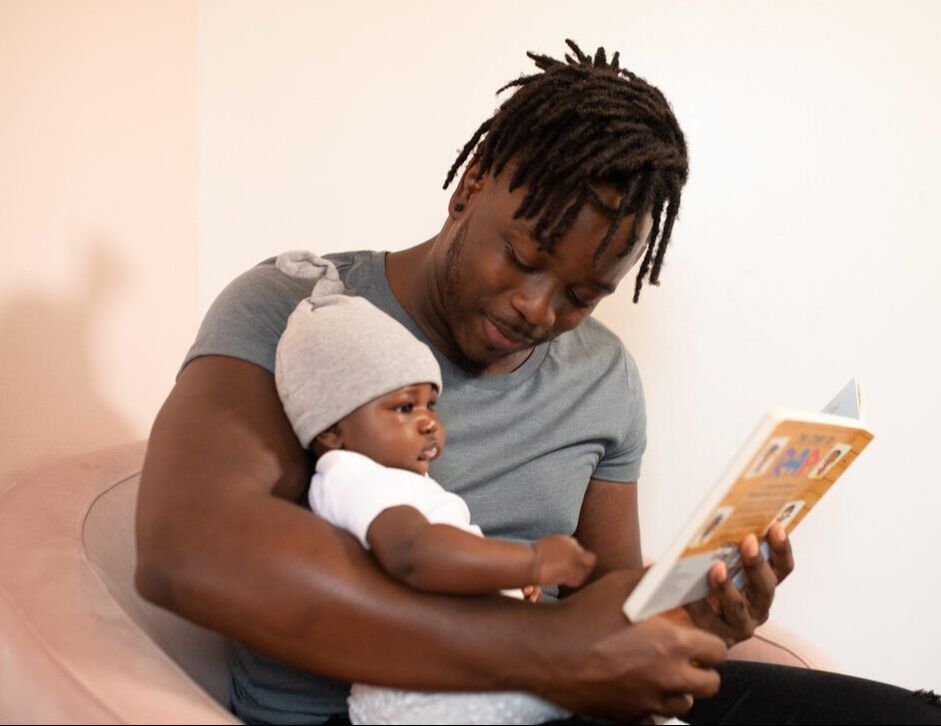
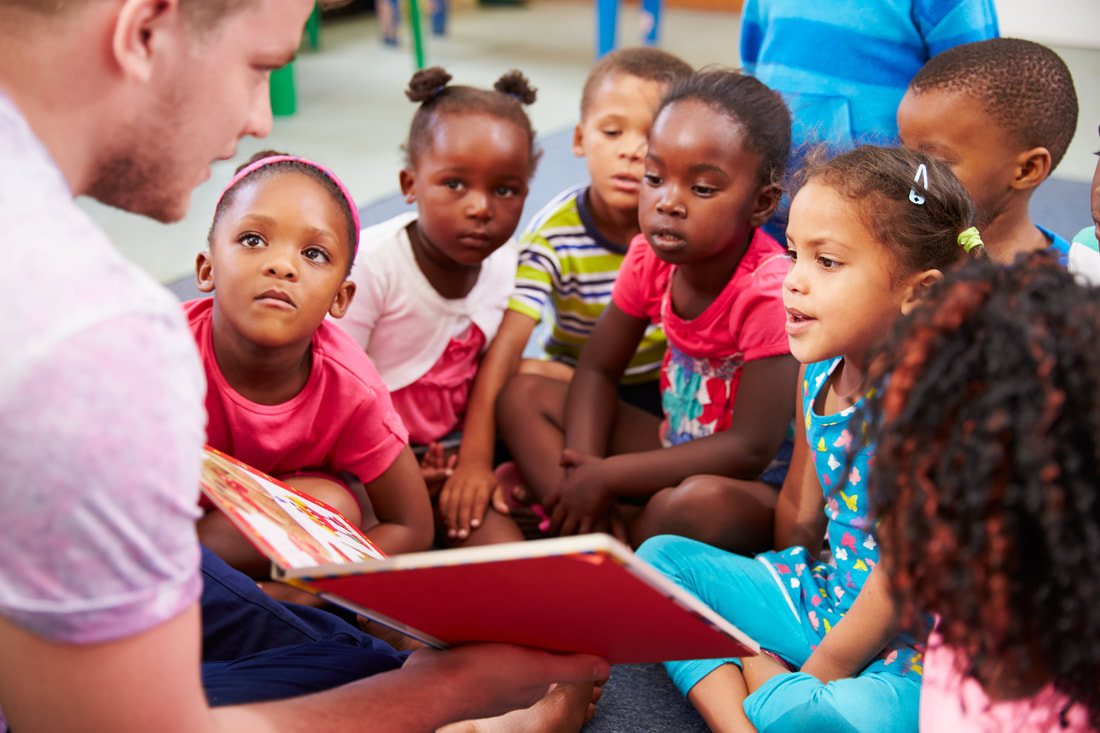
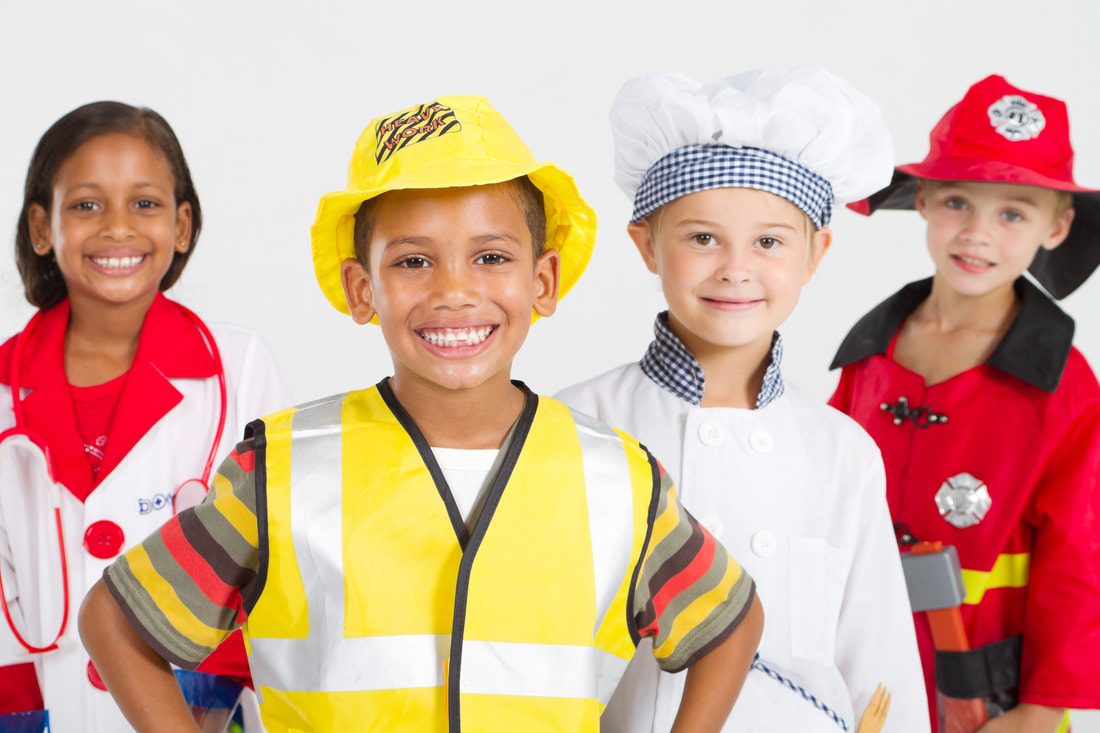
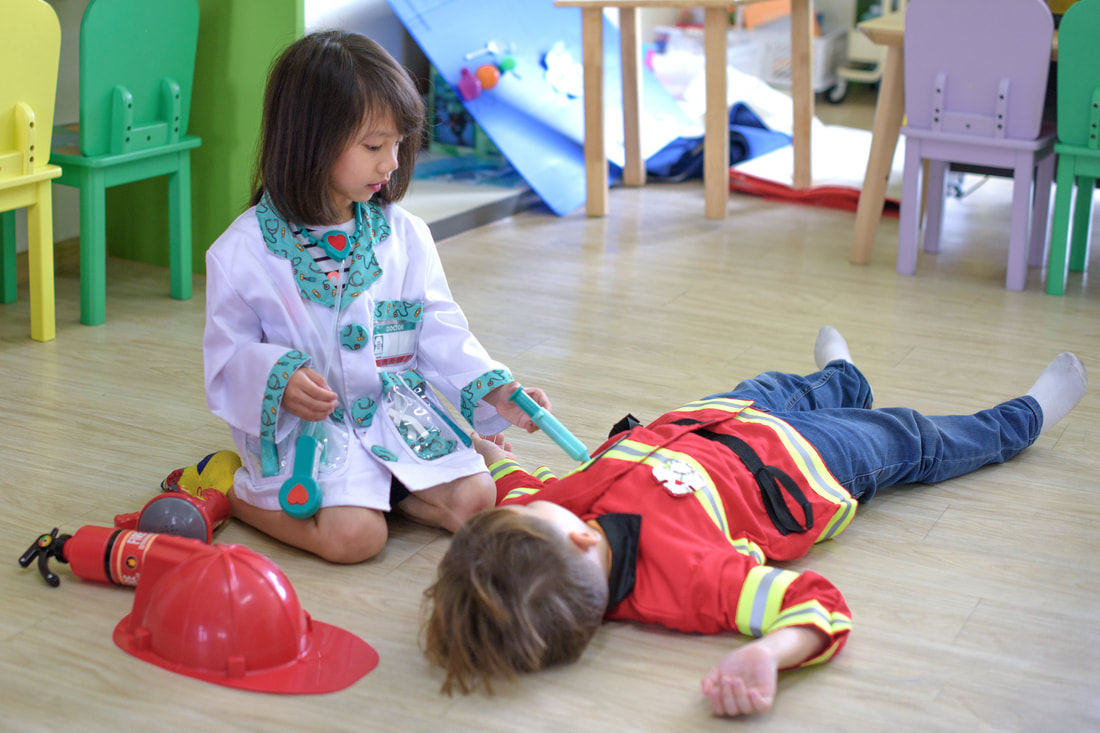
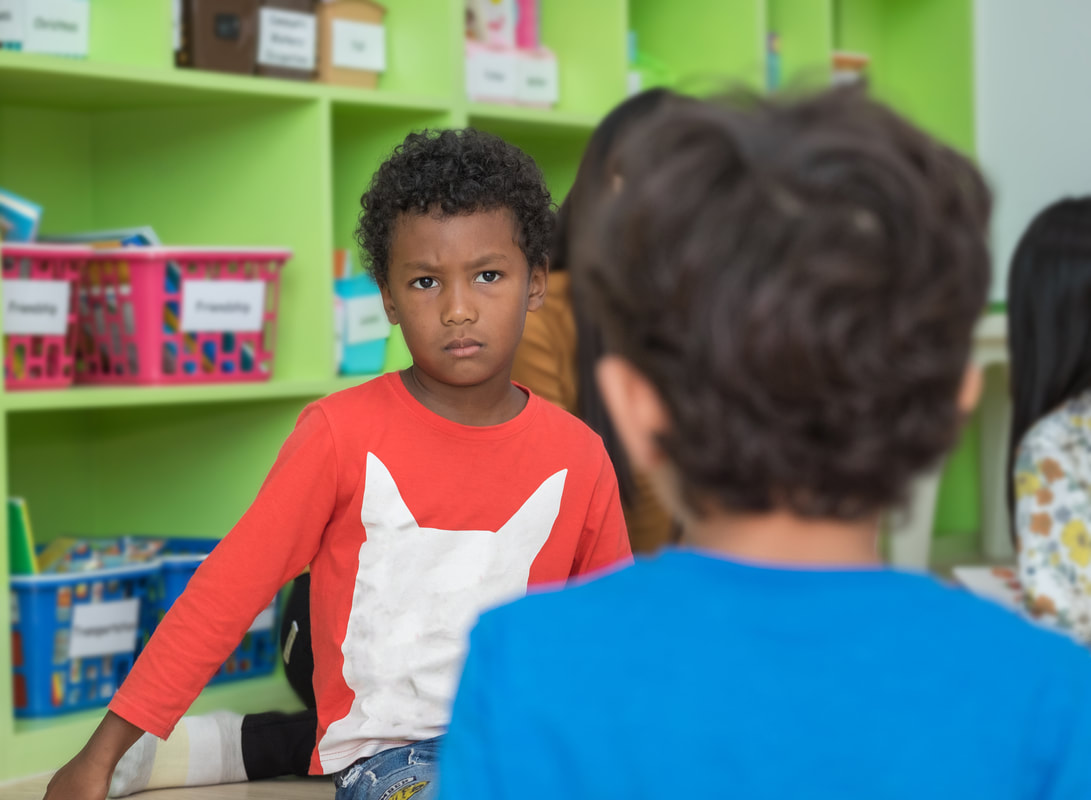
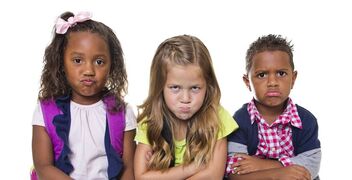
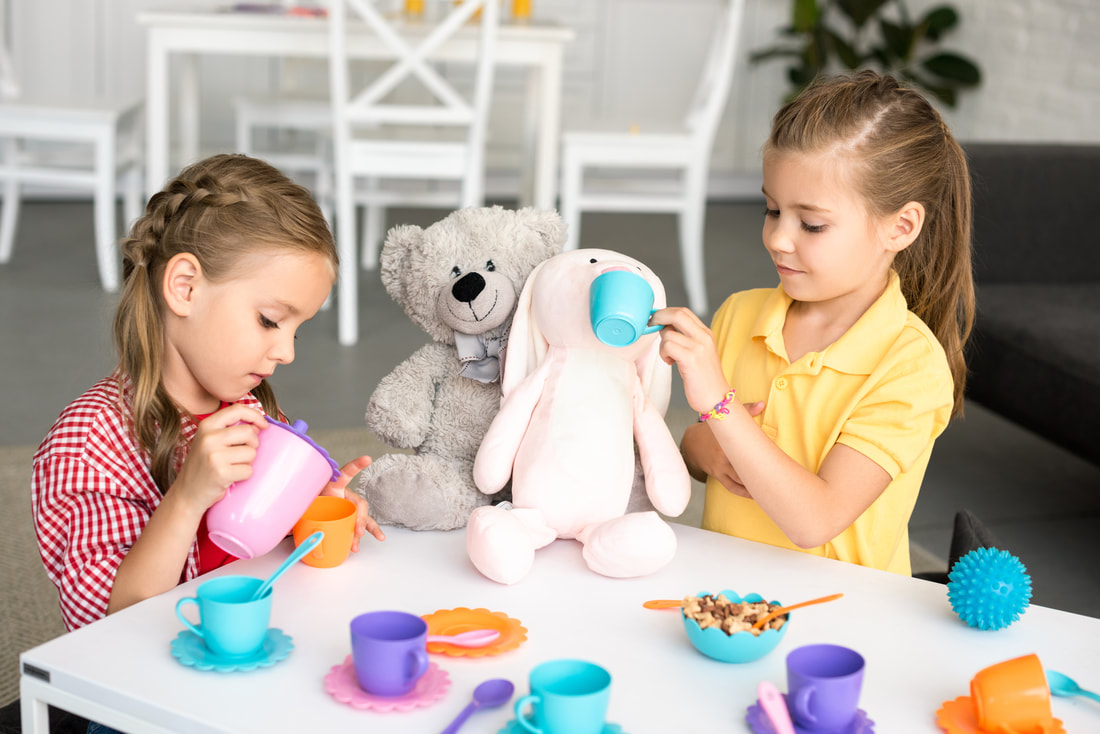
 RSS Feed
RSS Feed